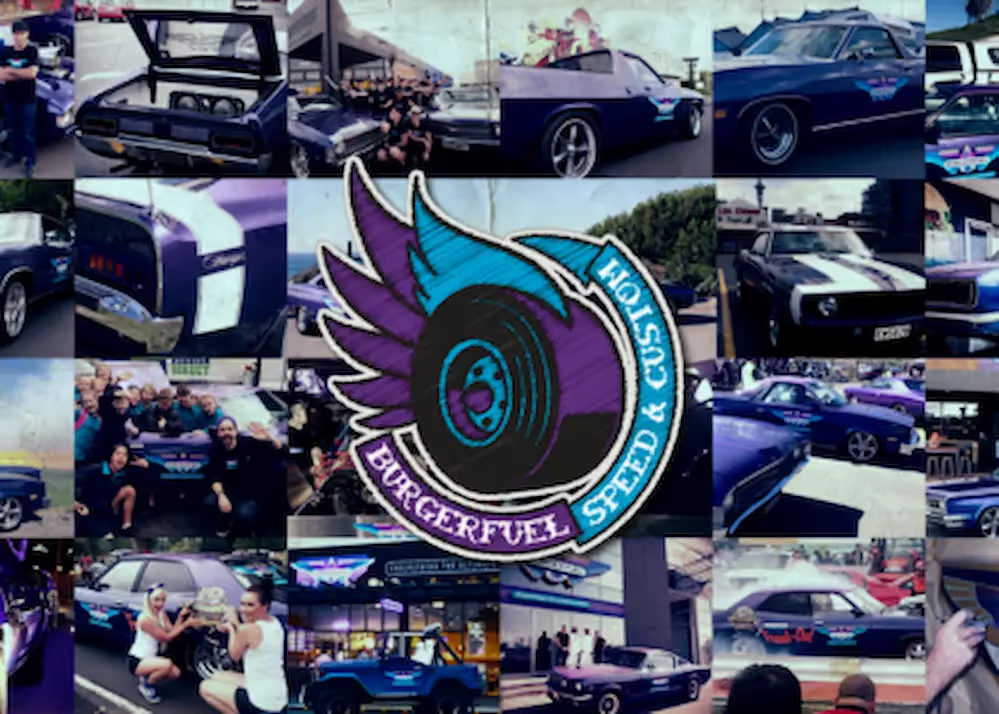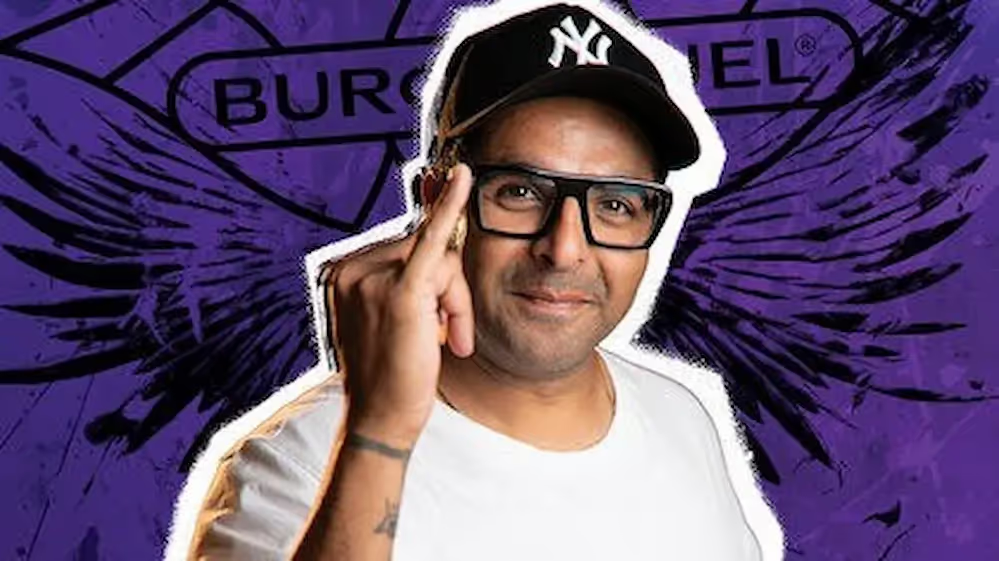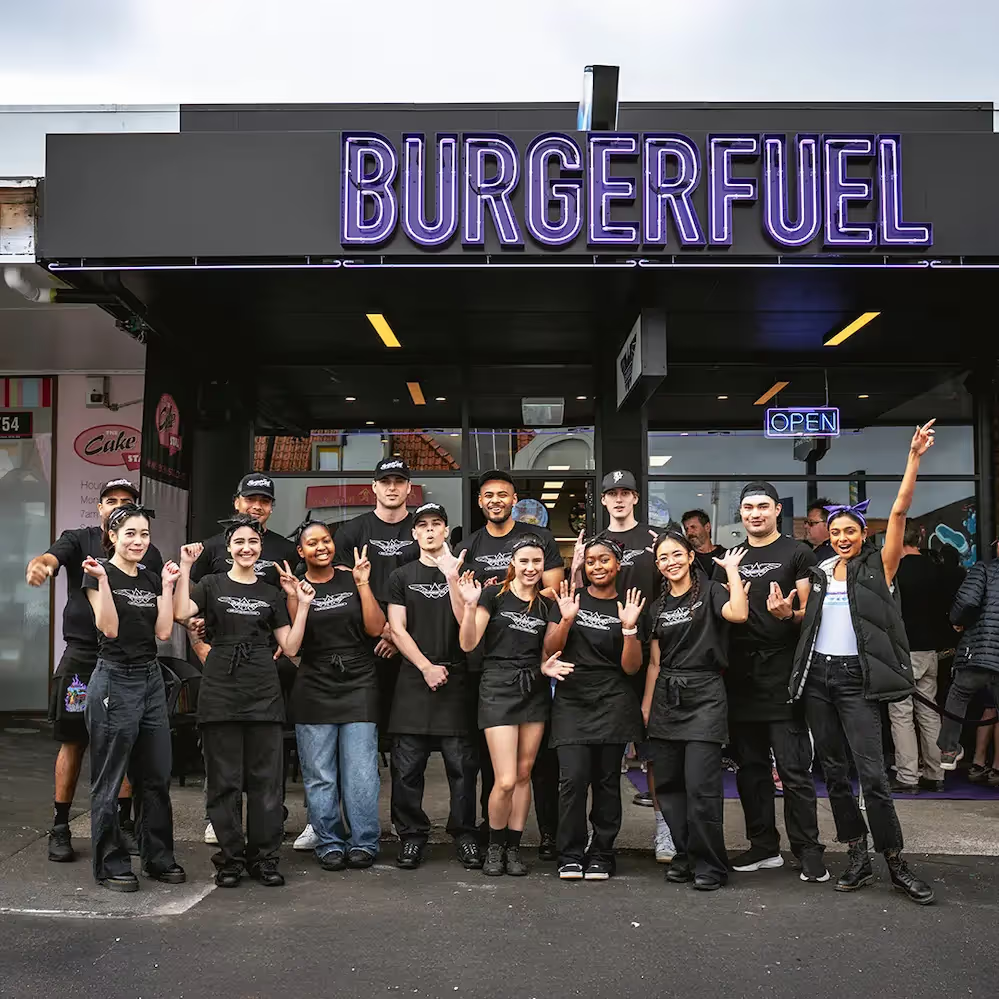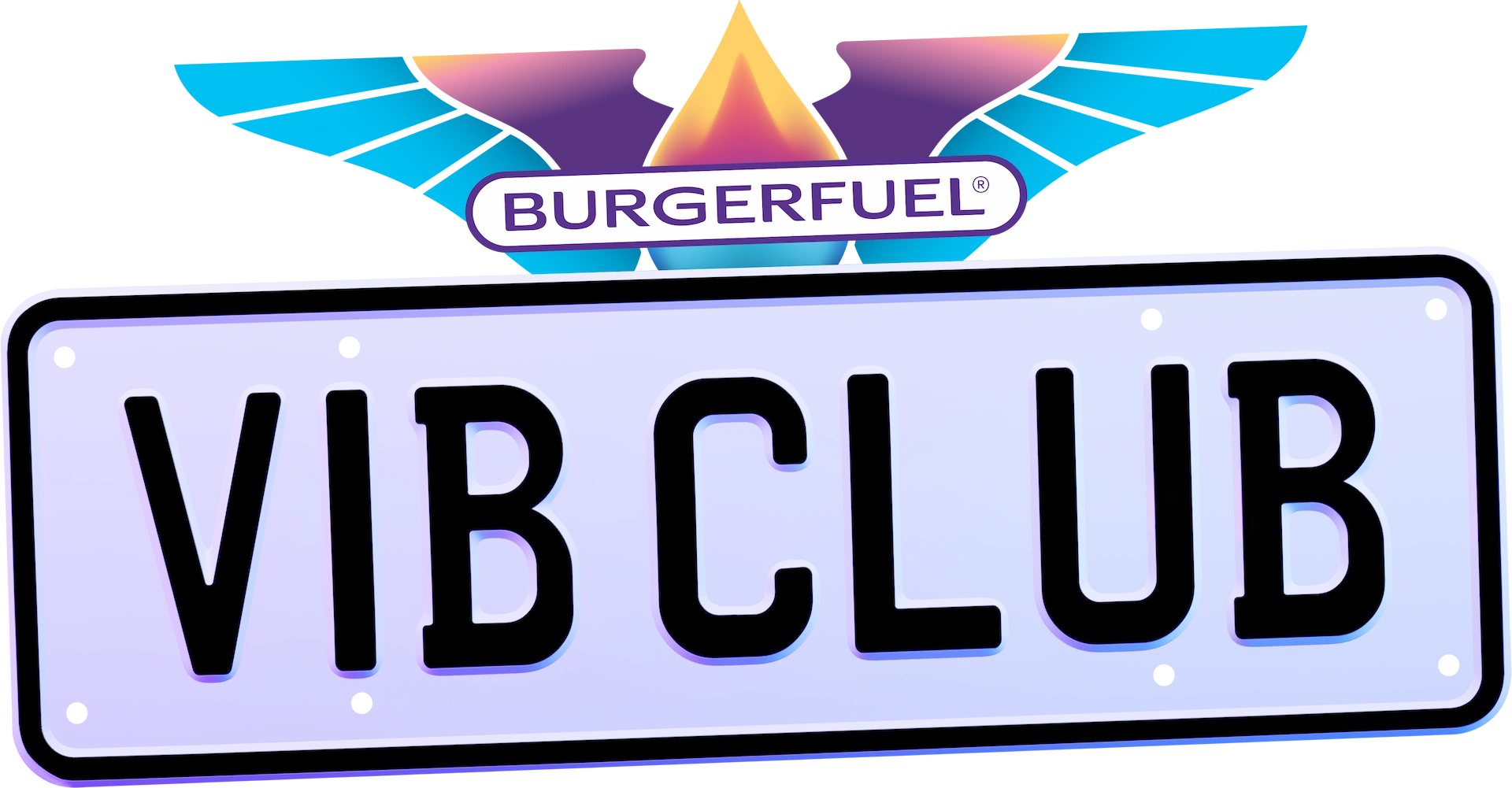We’re always keen to do things the right way -even when it’s not the easy way. Finding the perfect solution for our takeaway packaging has been one of those journeys. We’ve spent countless hours researching, consulting with experts in packaging, recycling, composting, and sustainability, and testing different approaches. Each time we thought we’d cracked the code; another challenge would pop up.
Our ultimate goal is to send no packaging to landfill and transition to a truly circular business model. But as we’ve learned, achieving that vision is a marathon, not a sprint. And it’s not something we can tackle alone.
The Challenges of Takeaway Packaging
Fast food and takeaway packaging has a tough job: it needs to be sturdy enough to hold a full meal, resist grease and sauces, keep your food hot (or cold), and still be convenient for you to carry and dispose of. Most takeaway packaging is made from materials like cardboard, paper, plastic, or bio-based alternatives such as PLA (polylactic acid, made from plants). Each has its own pros and cons:
- Cardboard and paper: commonly used for burger wraps, boxes, and bags, these materials are recyclable and compostable – but only if they’re free from coatings and contamination. The greaseproof linings required to make them sturdy enough to hold food are often made with plastic or other materials that make them unsuitable for recycling or composting.
- Plastic: often found in items like sauce tubs and drink lids. Plastic is durable, water-resistant, and great for keeping food fresh – but it’s only recyclable in New Zealand if it’s made of plastic grade 1 (PET), 2 (HDPE), or 5 (PP), if it’s bigger than 5cm at its longest length, and if it’s clean. In addition, plastic is derived from fossil fuels, so is not a good long-term solution.
- Compostable materials: PLA and other compostable plastics offer a more sustainable-sounding alternative than standard plastic, however they can’t be recycled, and they often only break down in commercial composting facilities, not in your backyard or landfill. Without access to these facilities, compostable packaging often ends up as waste.
The challenges with packaging means that a lot of takeaway solutions - designed for just a few minutes of use - ends up sitting in landfill for years.
How We’re Rising to the Challenge
We’ve been working closely with sustainability experts, GoWell Consulting, and our suppliers to source and create packaging that is truly circular. Here’s what we’ve achieved with our packaging so far:
- Burger ZippyBox, chip cups, and side boxes: these high-volume items are made from aqueous-coated kraft board, free from PFAS. This means they’re suitable to be commercially compostable - and even suitable for home composting in many cases.
- Takeaway bags: made from recyclable kraft paper, our bags are simple to recycle in store and in kerbside recycling bins.
- Cutlery: We only use cutlery like wood and bamboo, which are commercially compostable.
- Shake cups: our cold shake cups are lined with an aqueous coating, making them certified as both commercial and home compostable.
We’re not stopping there. Our team is continually exploring ways to embrace better materials for our packaging, and we’ve also been working hard behind the scenes to ensure we have a plan for the right bin and collection systems for our packaging in our stores. BurgerFuel Ponsonby and Takapuna now have commercial compost collections in store to collect all of your leftover packaging and food (as well as recycling bins to collect plastic and glass drink bottles), and we have plans to set up commercial compost collections in all our stores with available commercial composting over the next few years. Given that most fast-food chains only offer landfill bins instore for their customers, we’re pretty proud of this.
Reducing and Reusing: The Way Forward
The best packaging solution? No packaging at all. That’s why we’re continuing to explore ways to reduce the amount of packaging we use, with the long-term vision of exploring reusable options in our stores. It’s a work in progress, but every step gets us closer to a more sustainable future.
Your best option is to dine in store. Not only is your feed going to be fresh, but it’ll be served with minimal packaging.
Have Your Say
We know we can’t solve the packaging puzzle on ourown. If you have questions, brilliant ideas, or feedback about our packaging,we’d love to hear from you. Email us at info@burgerfuel.co.nz.
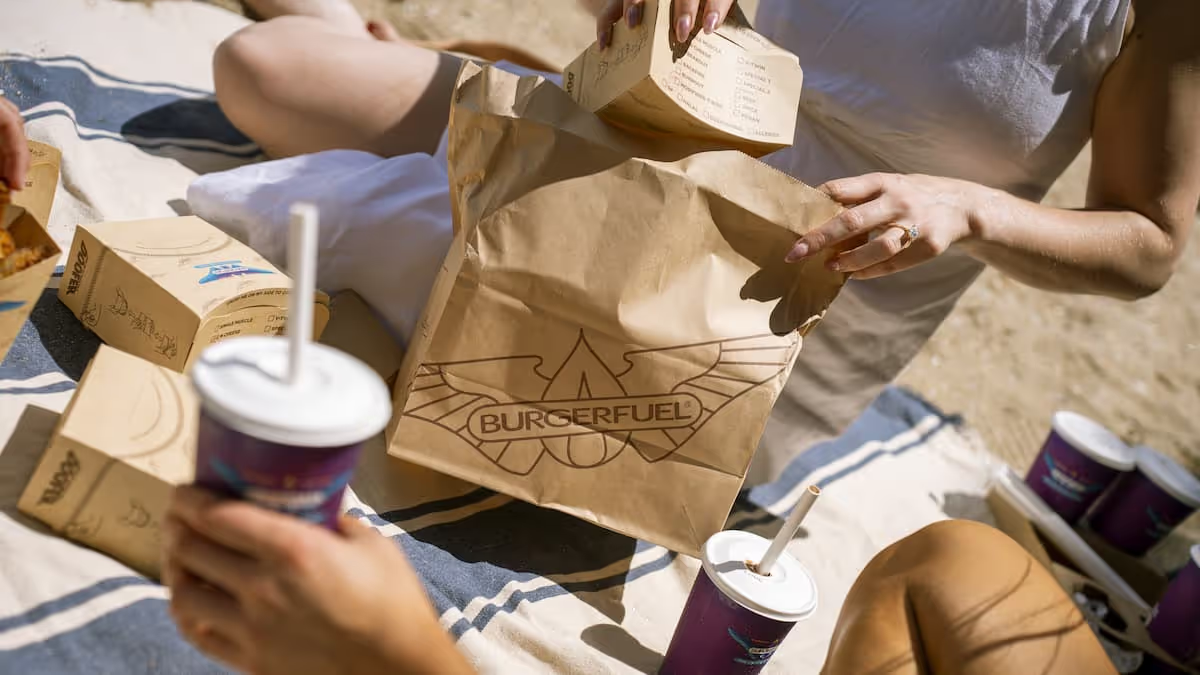
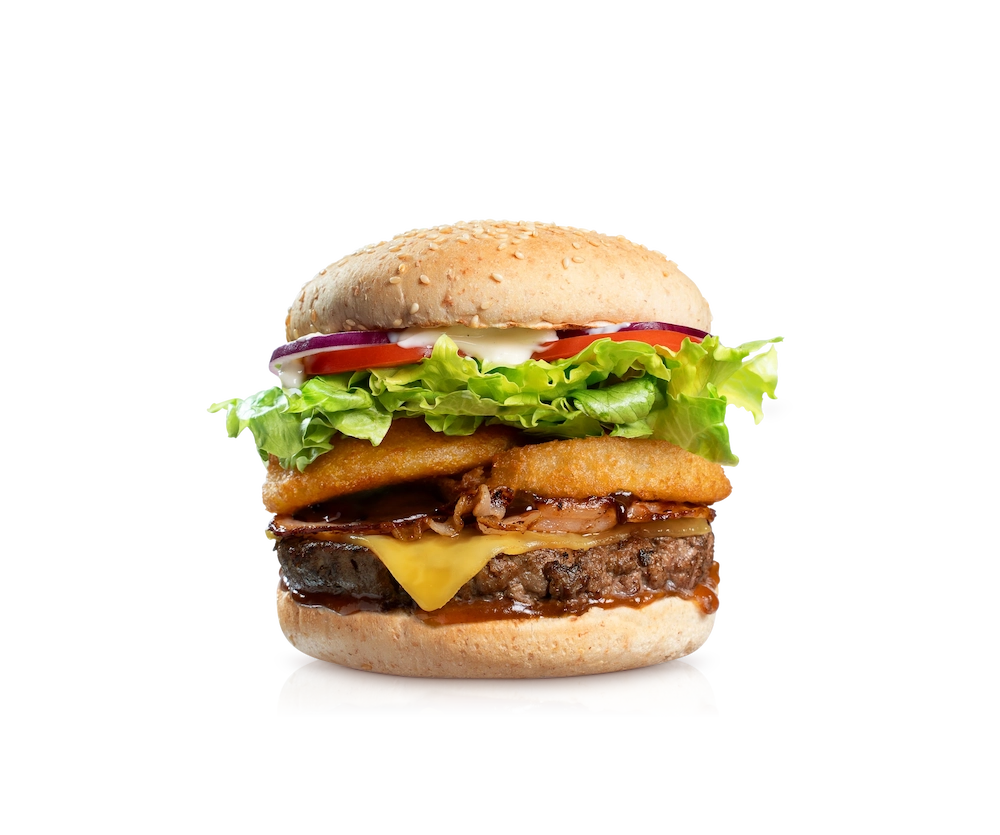
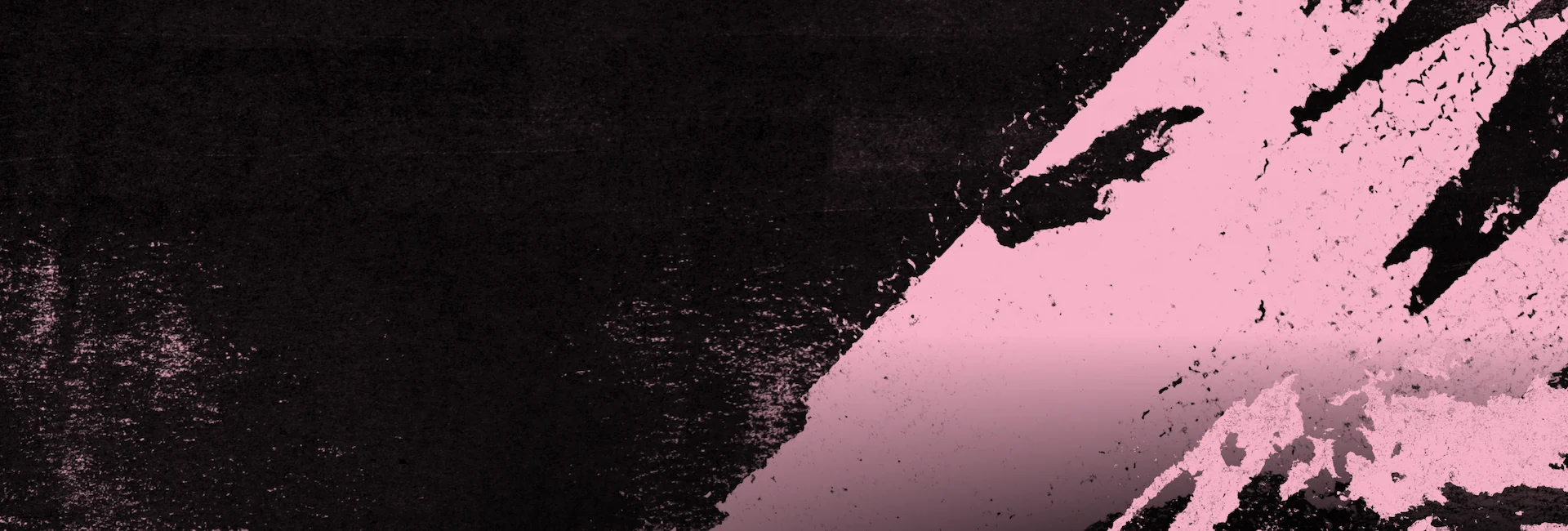
.webp)

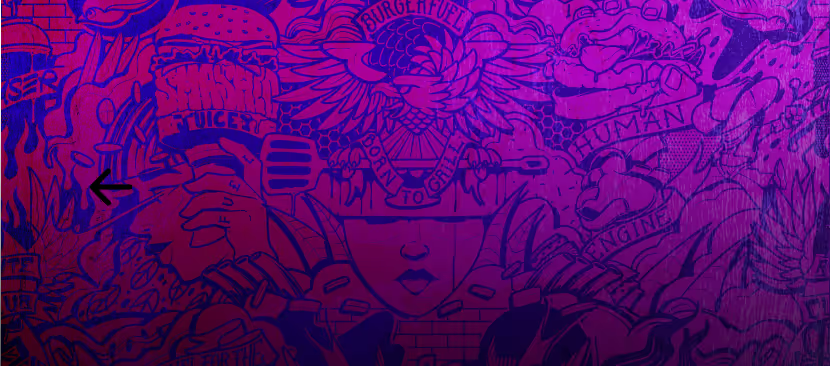
.jpg)

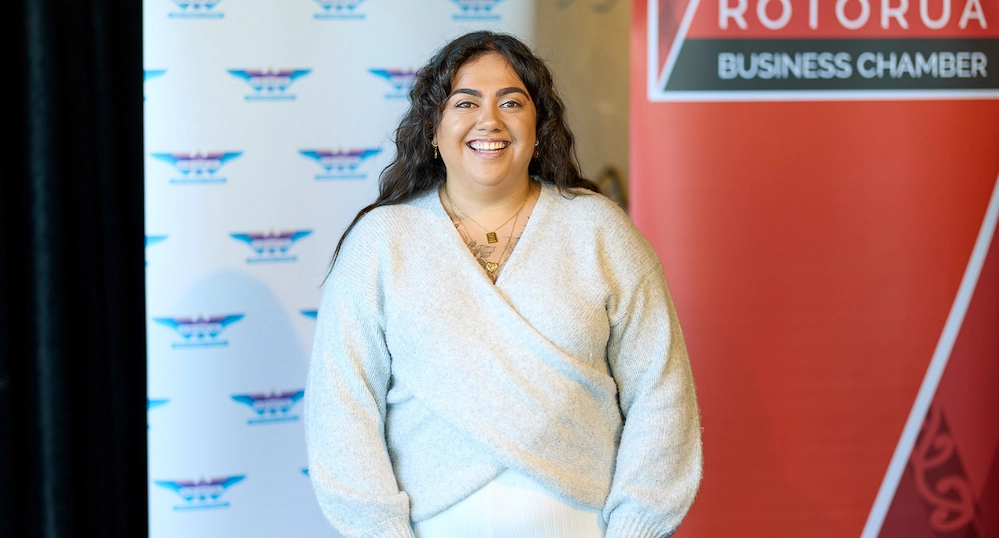

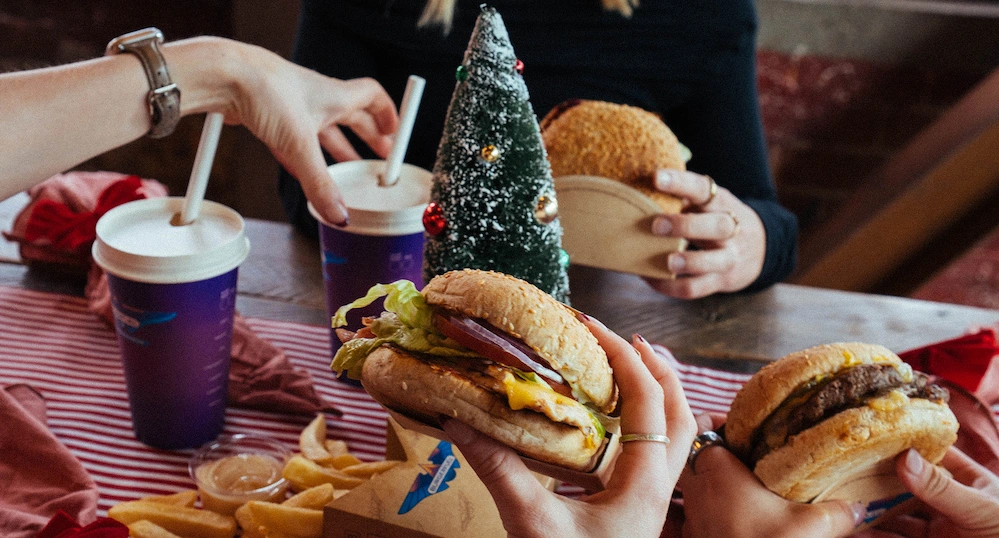
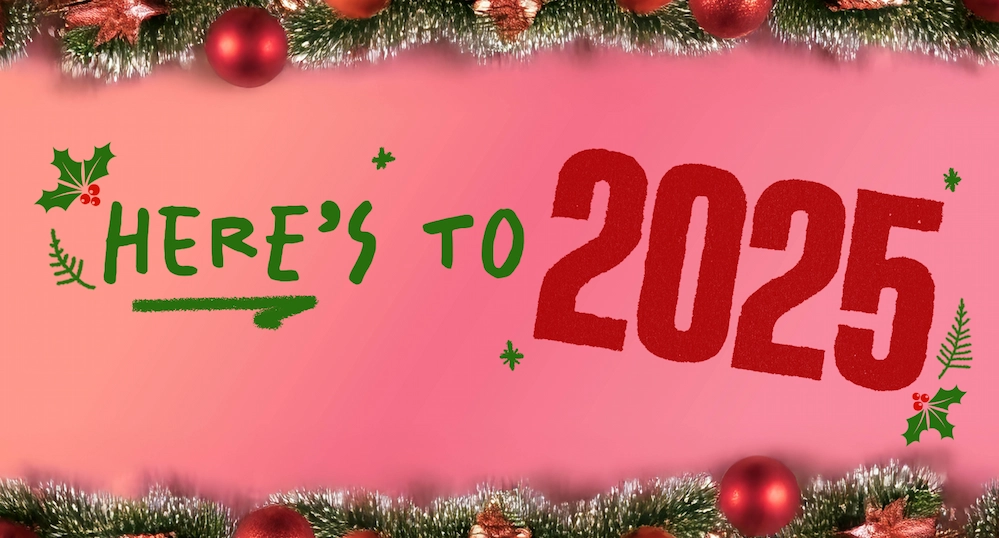


.webp)
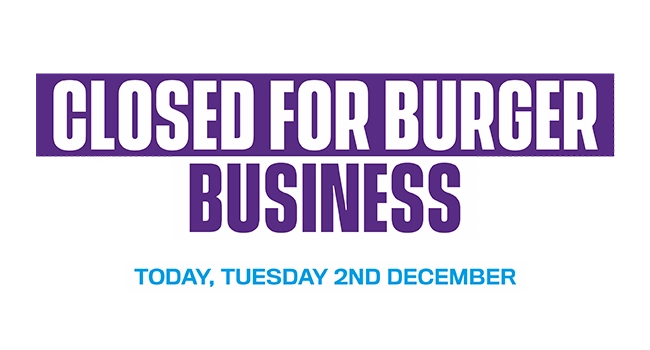
.jpg)

.webp)
.jpg)
.jpg)
.webp)
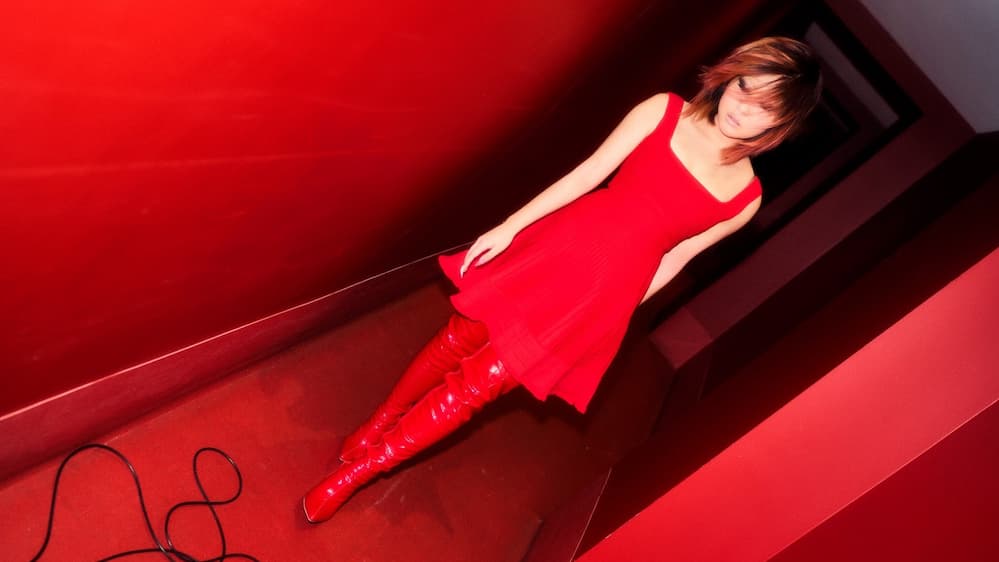
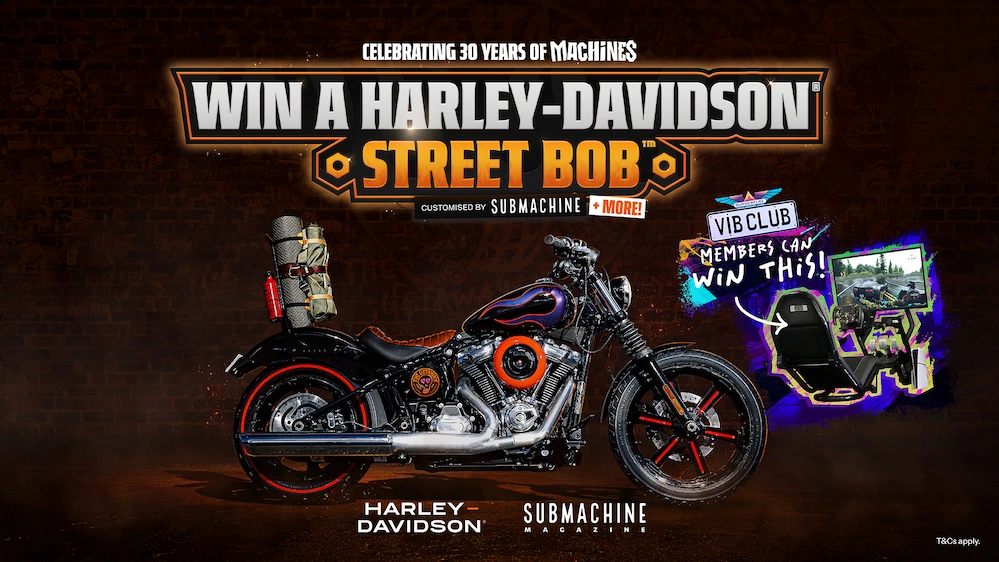
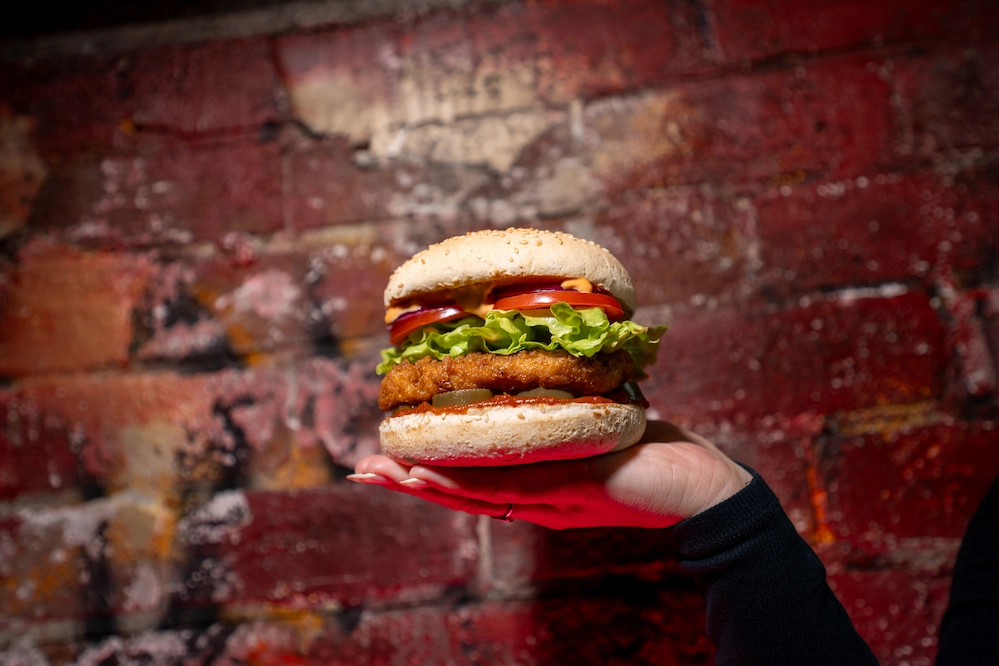
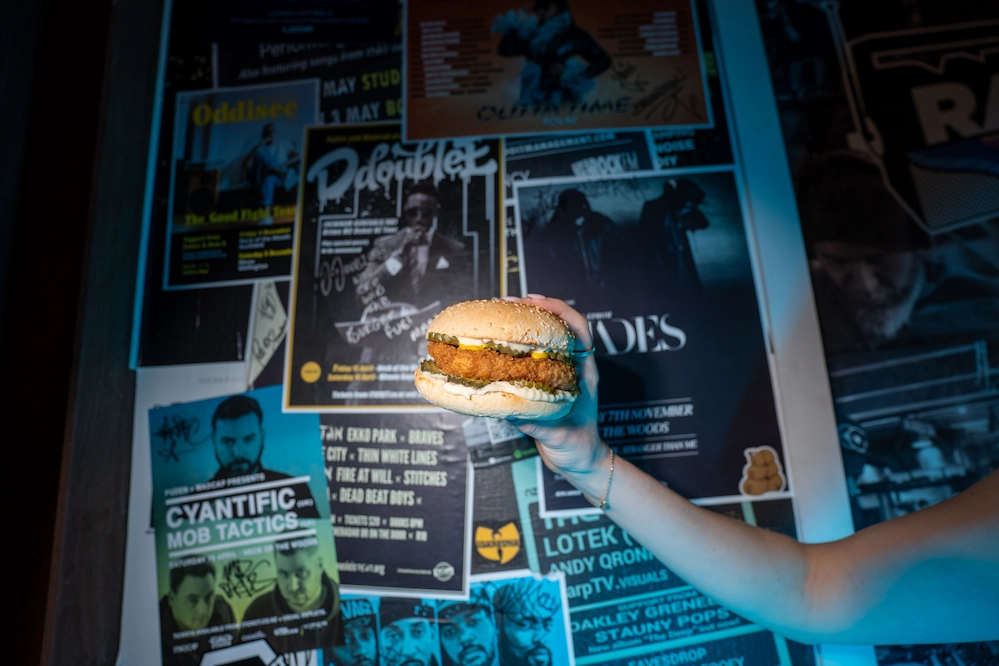
%20(1).webp)


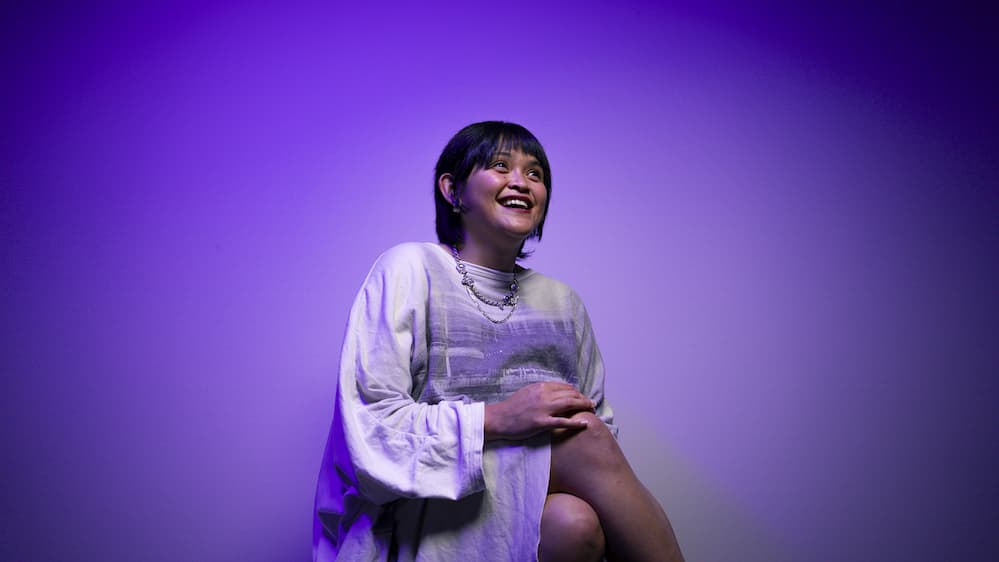
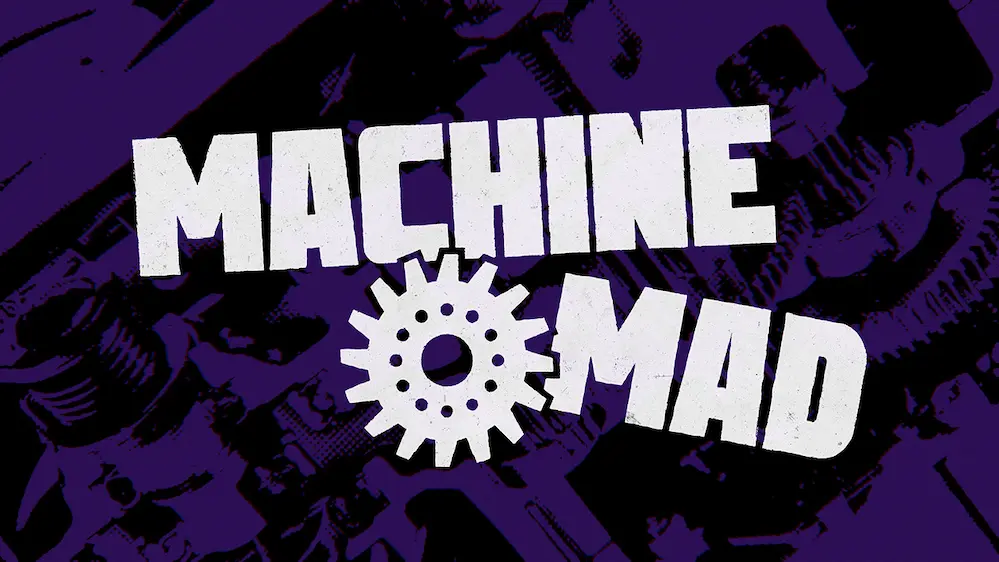

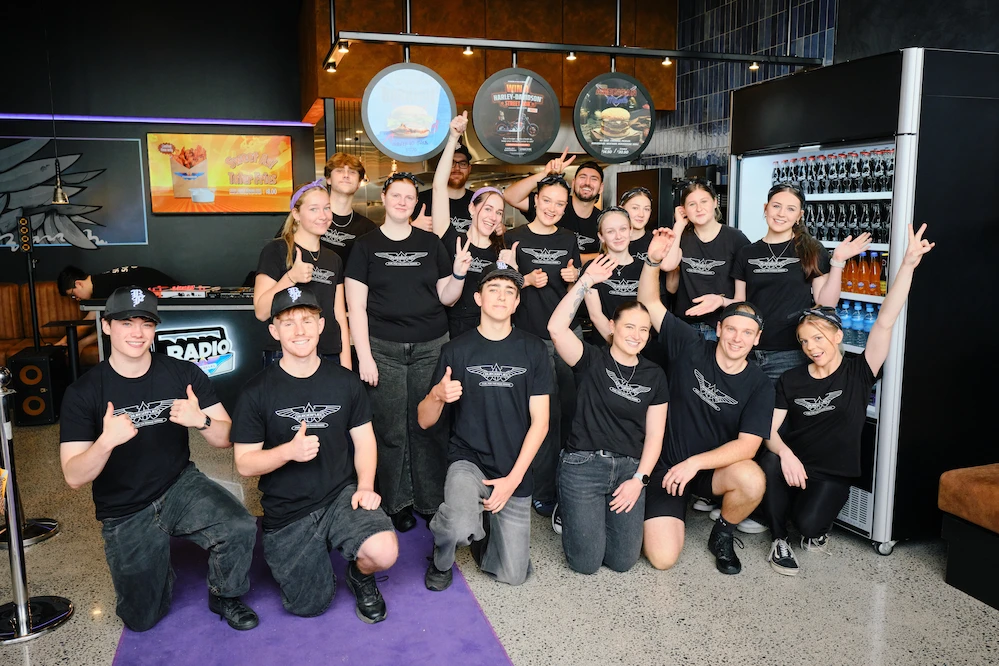
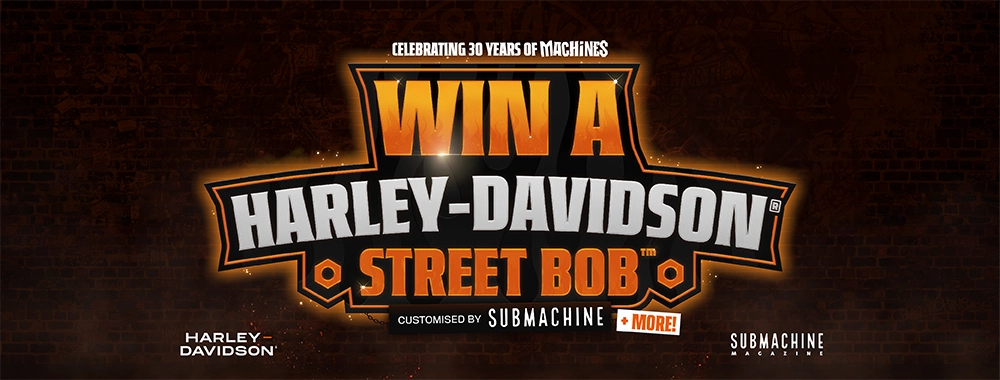
.jpg)
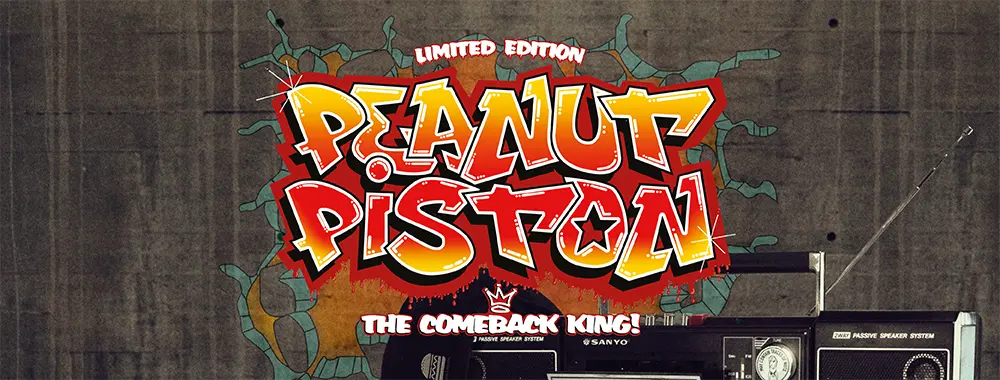
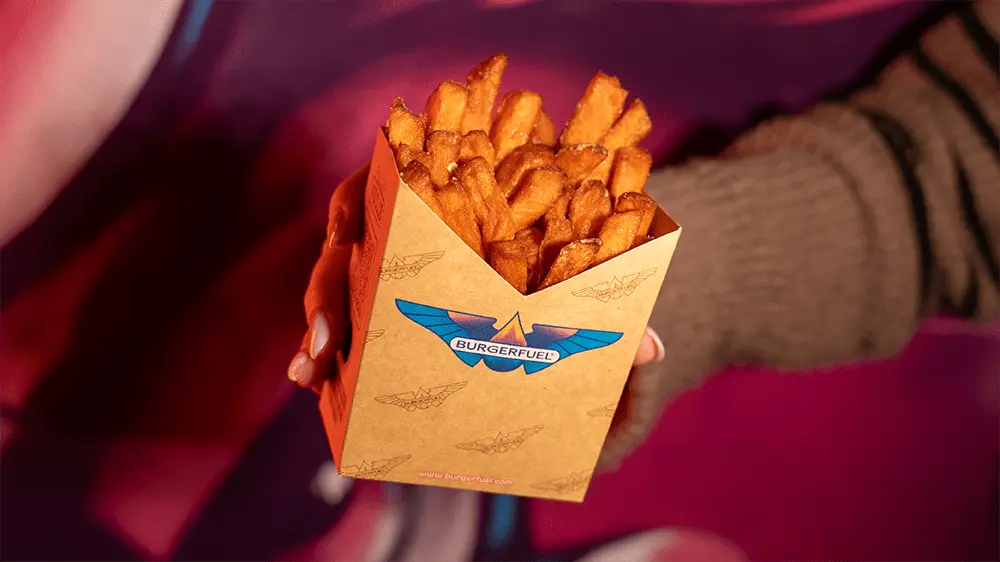

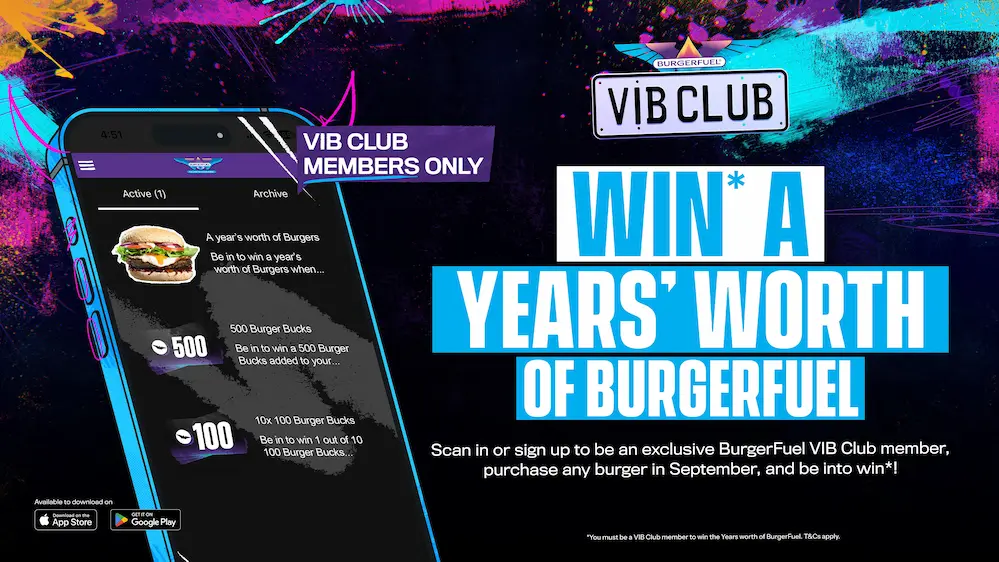
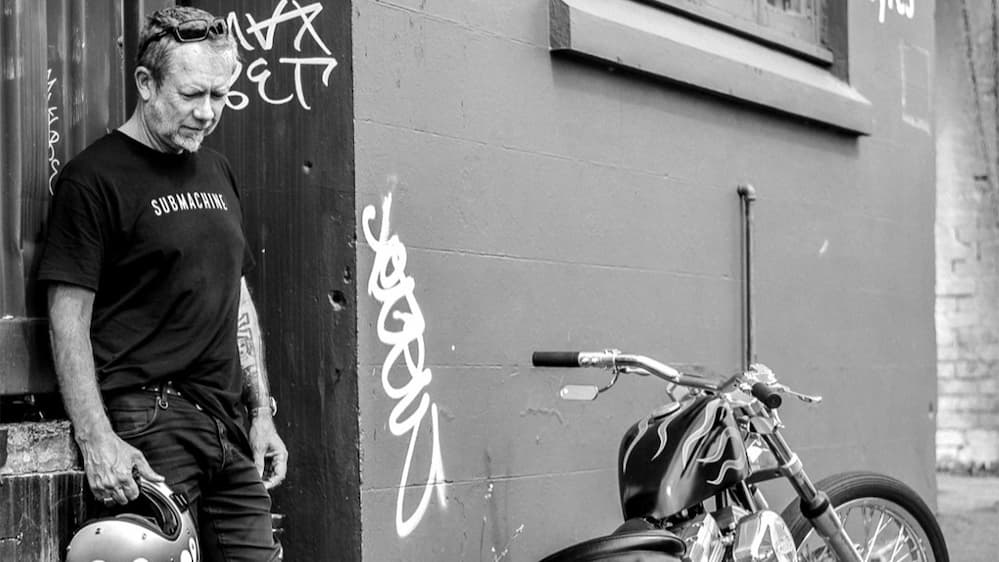
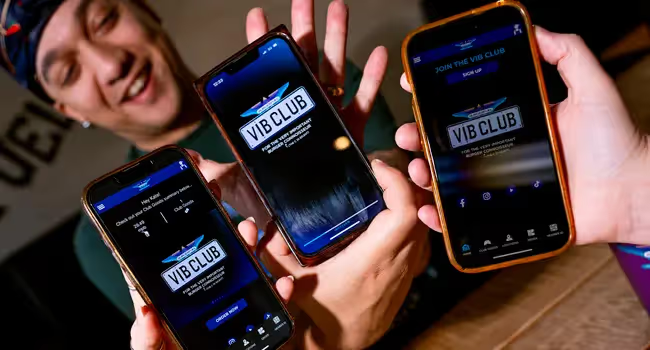
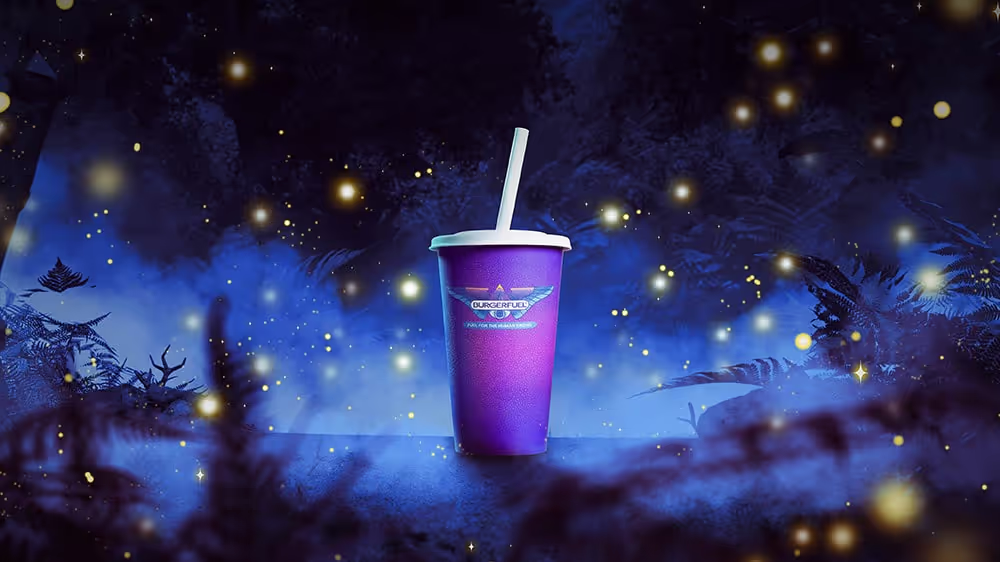

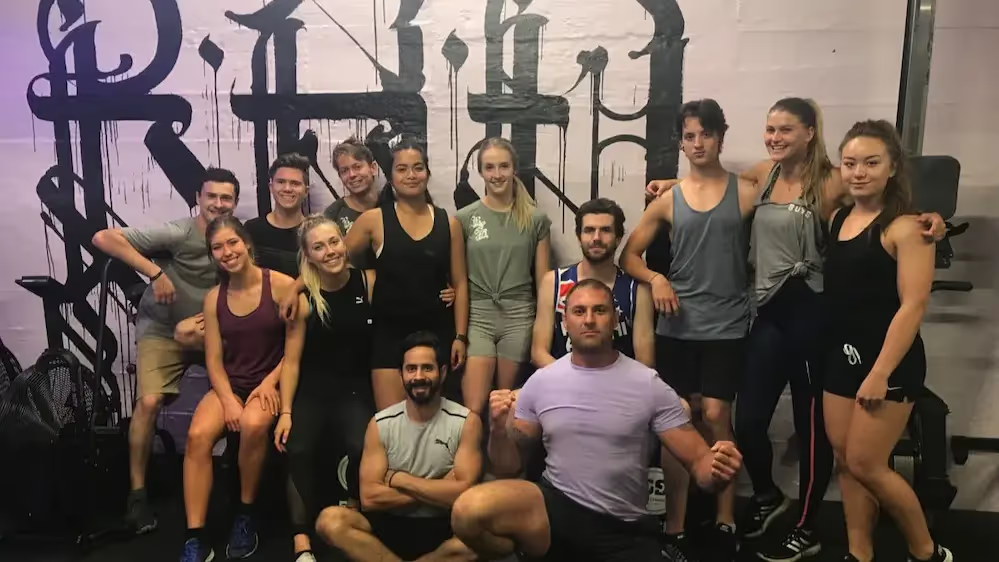
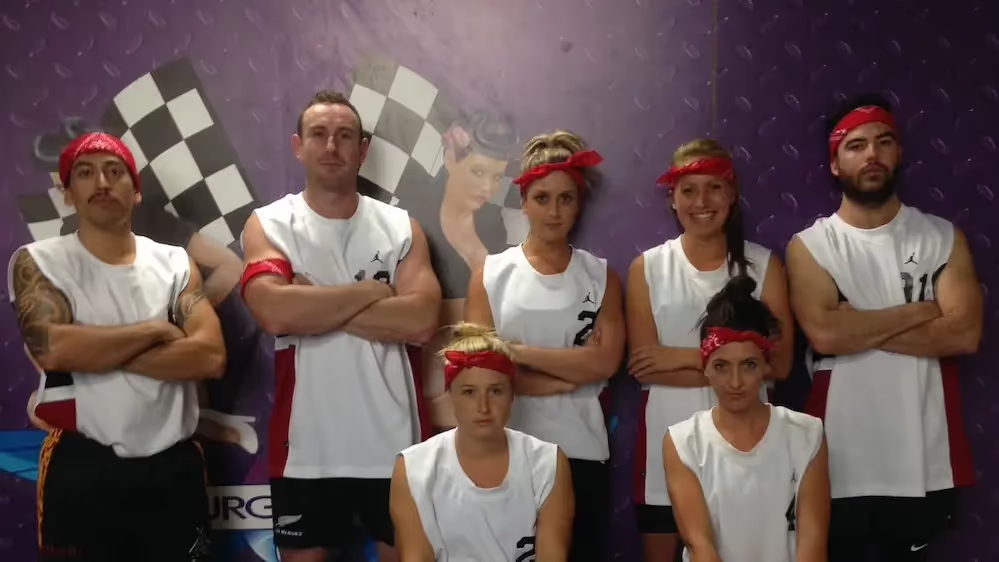

.avif)


%20(1).avif)
.avif)
.avif)

.avif)
.avif)

.avif)

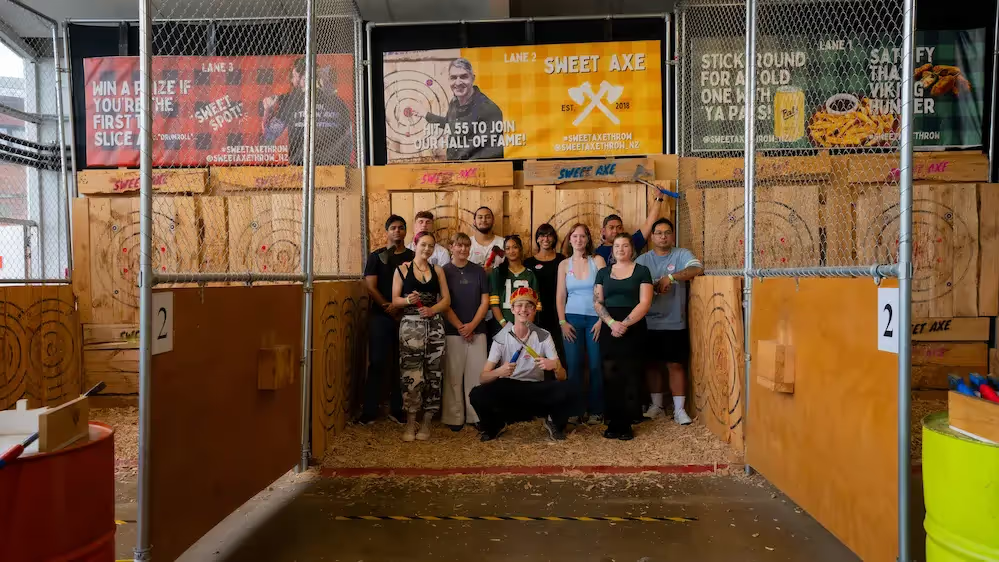

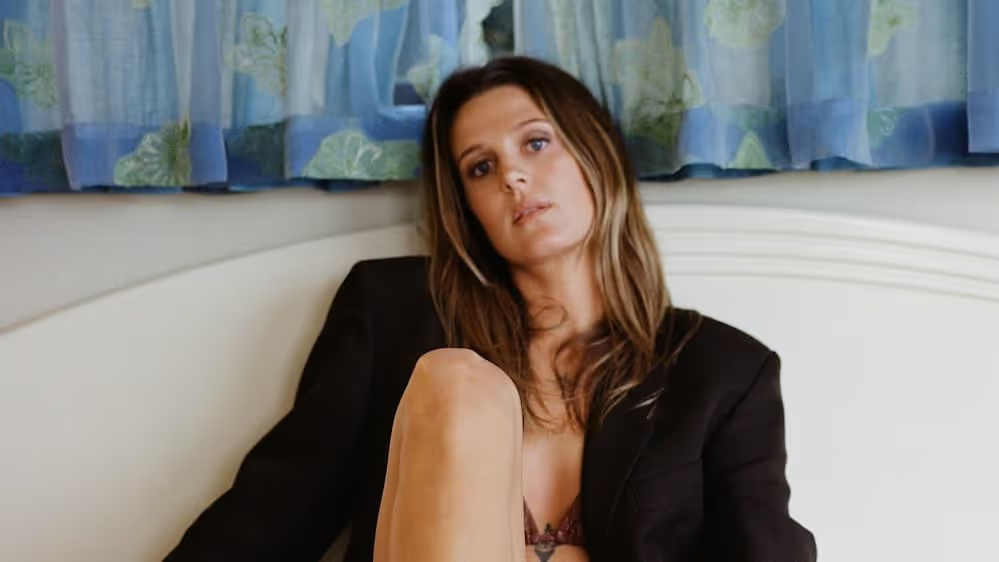
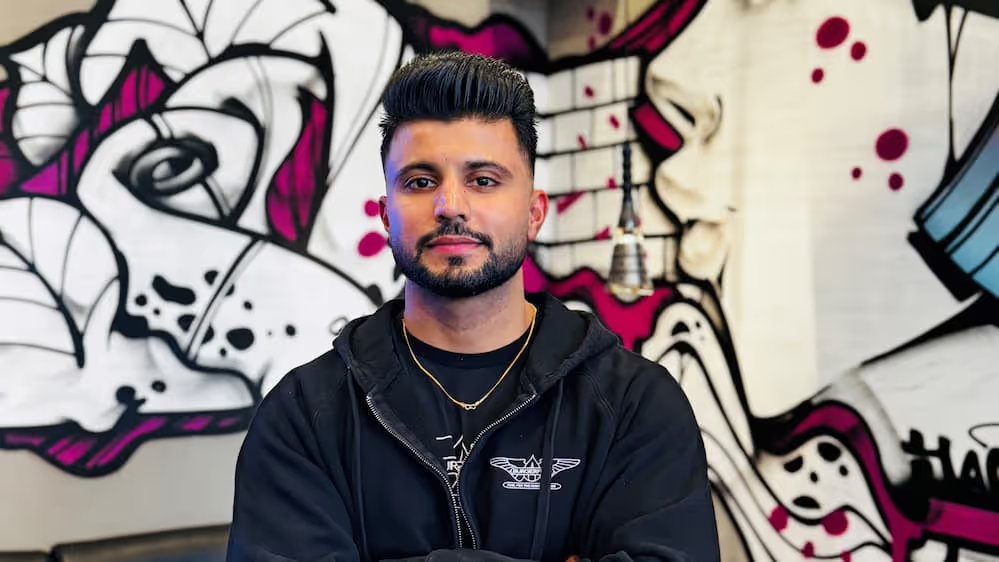

.avif)
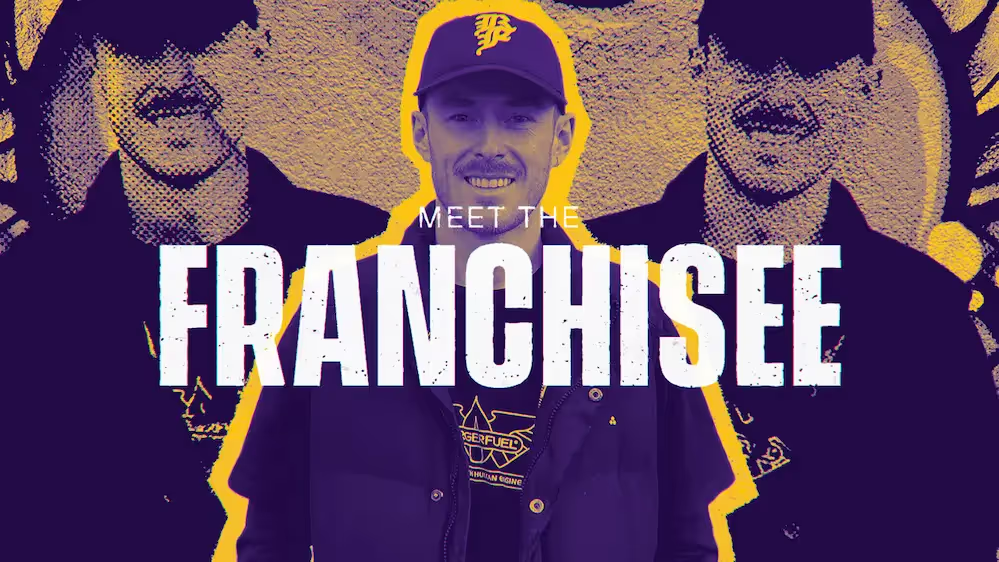
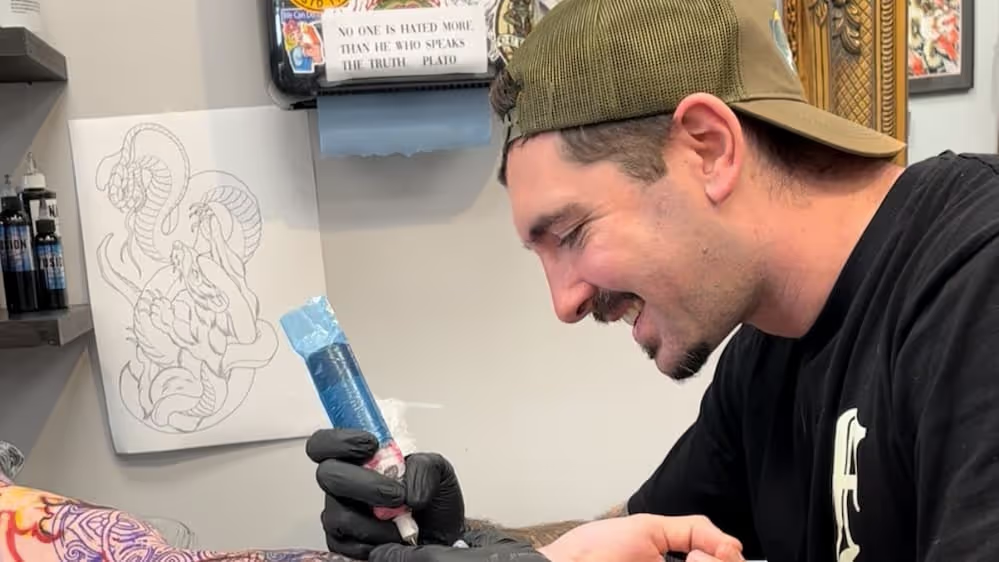
.avif)
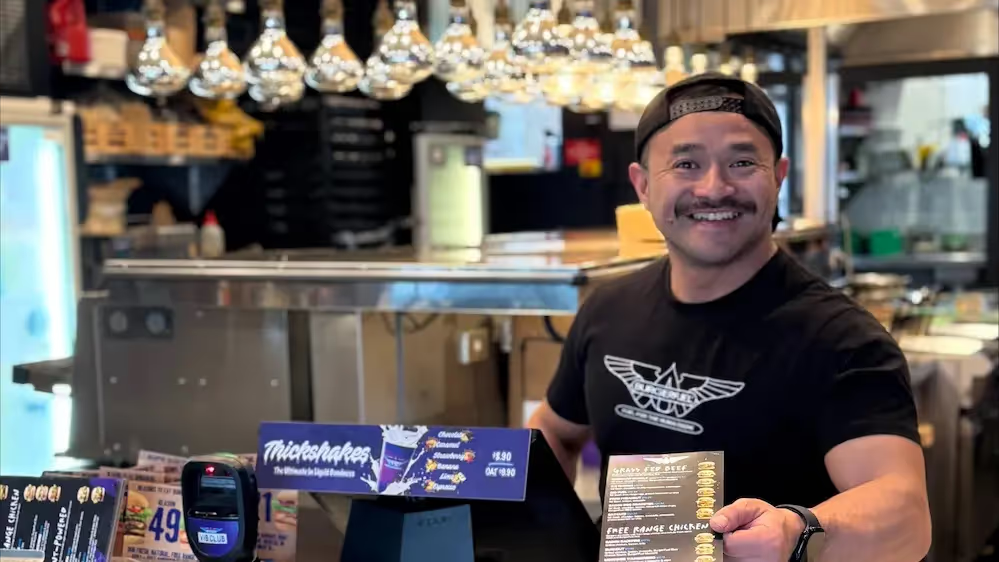
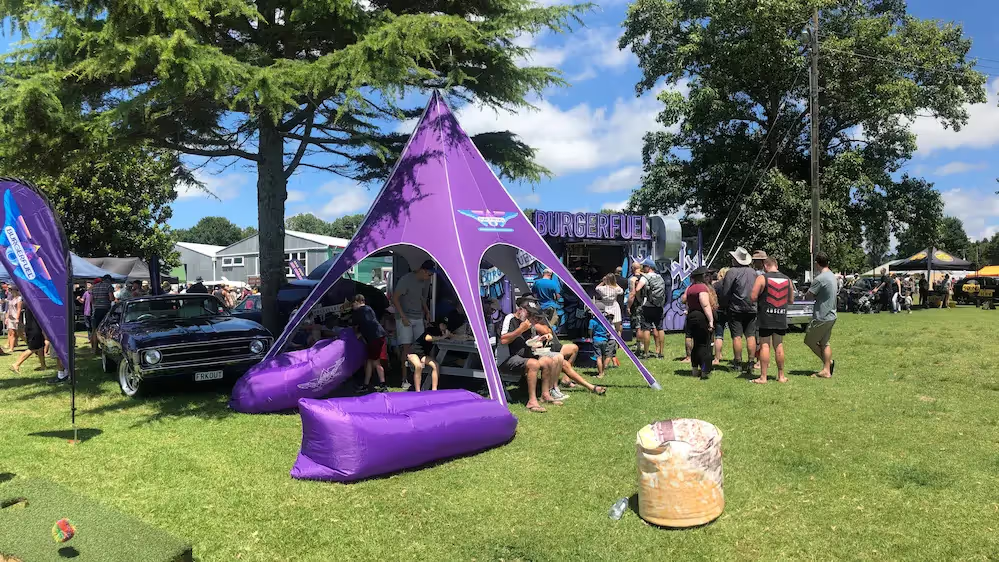
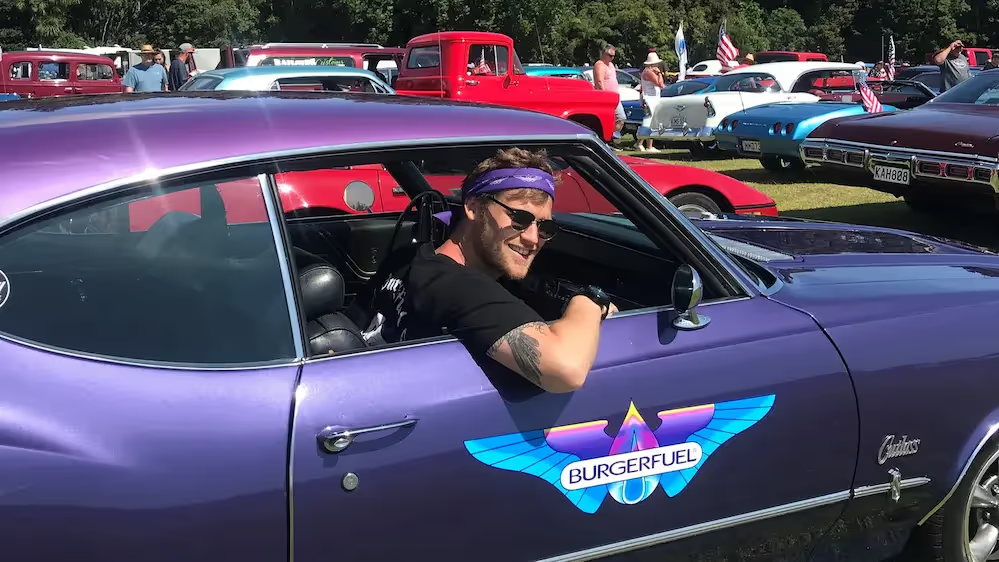
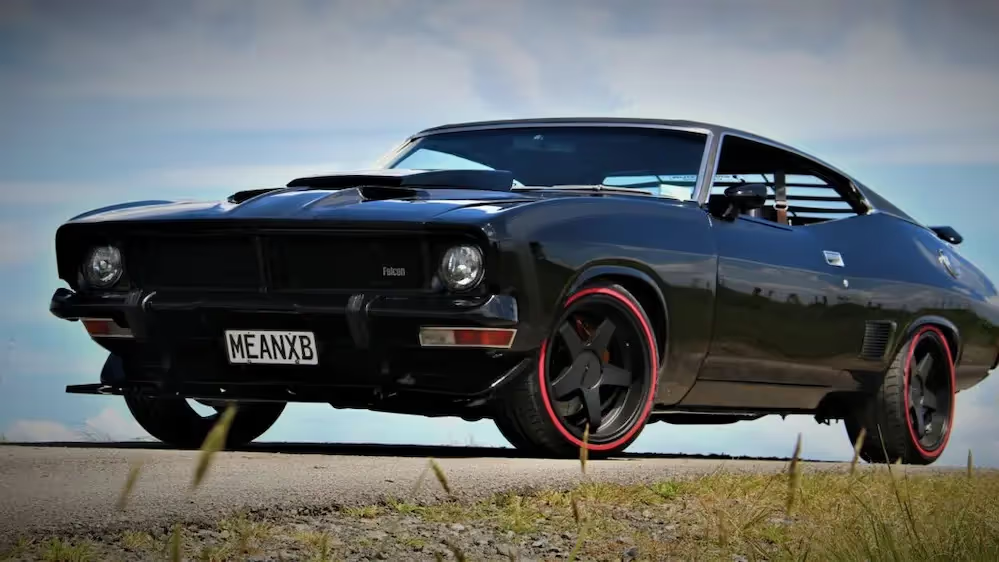
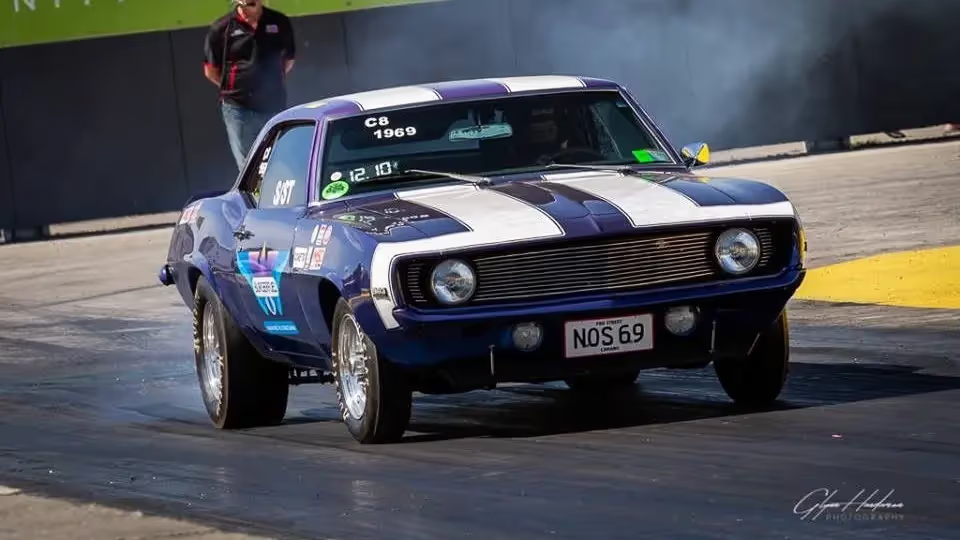
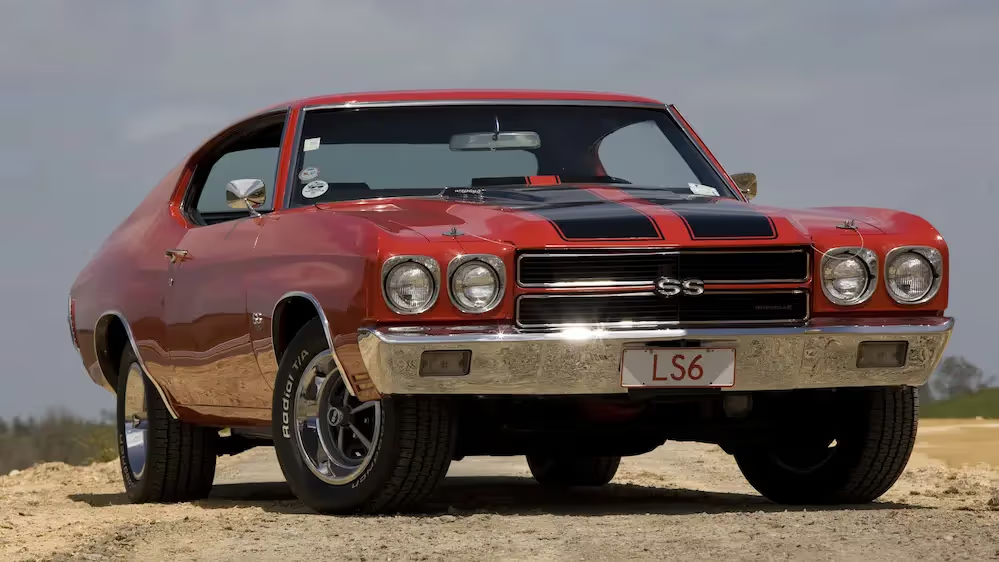
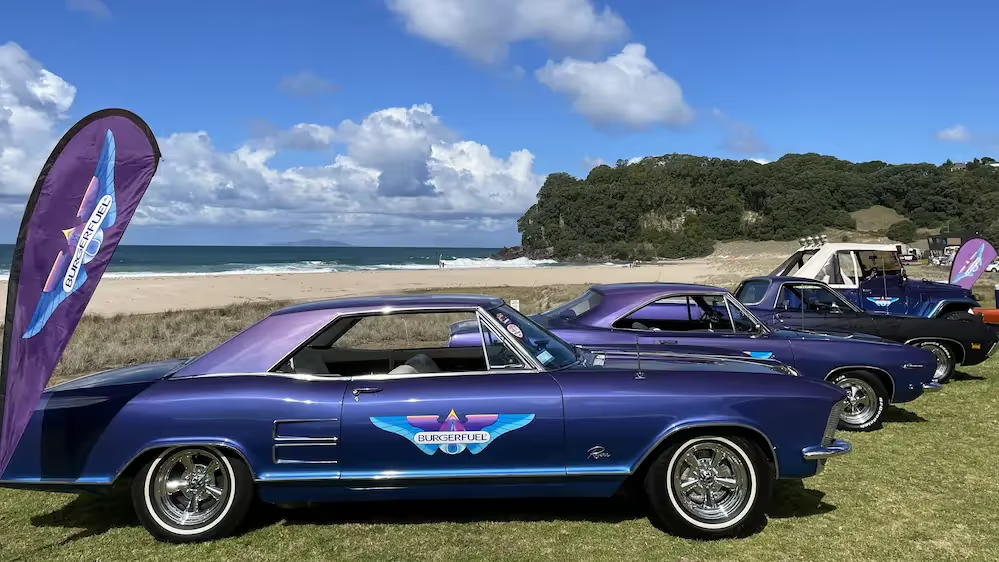
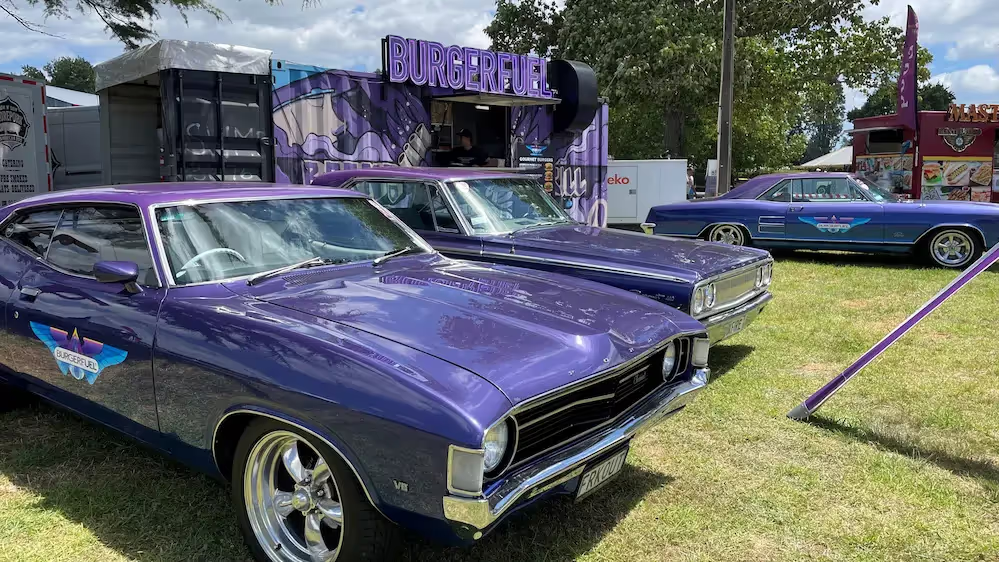
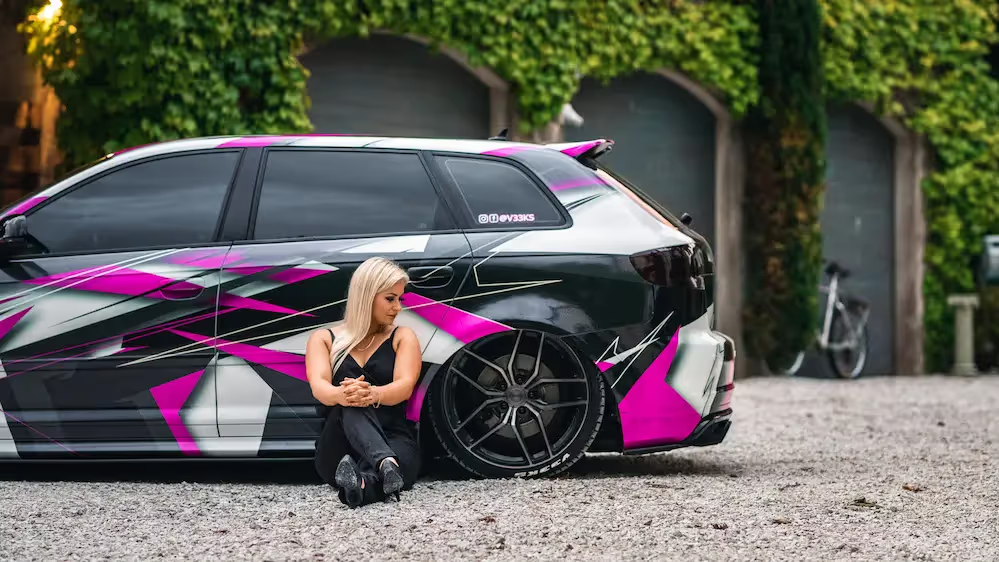
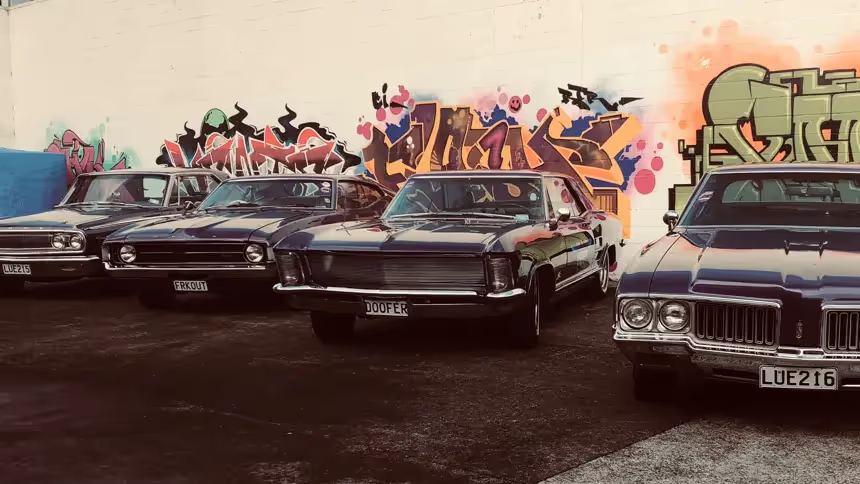
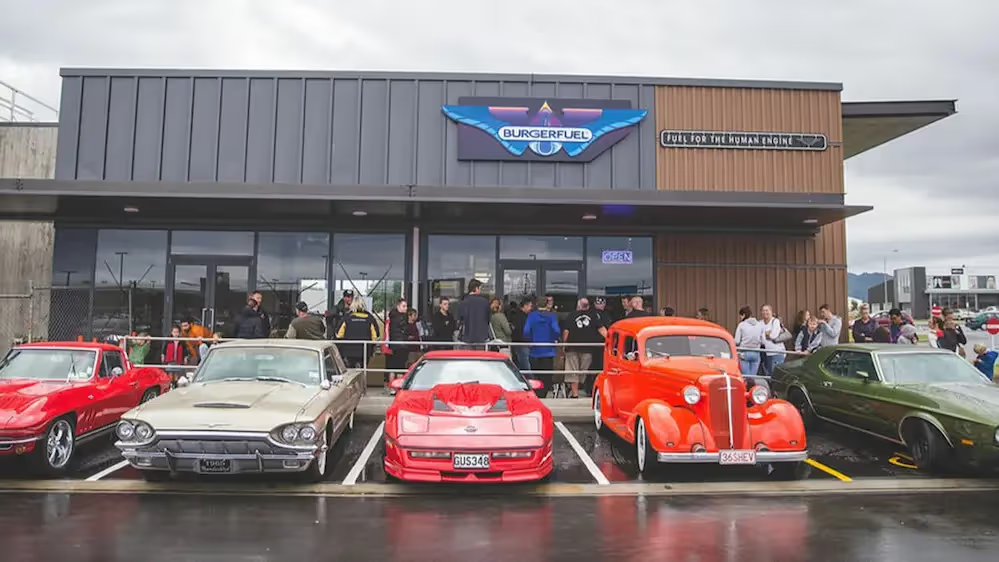
.avif)
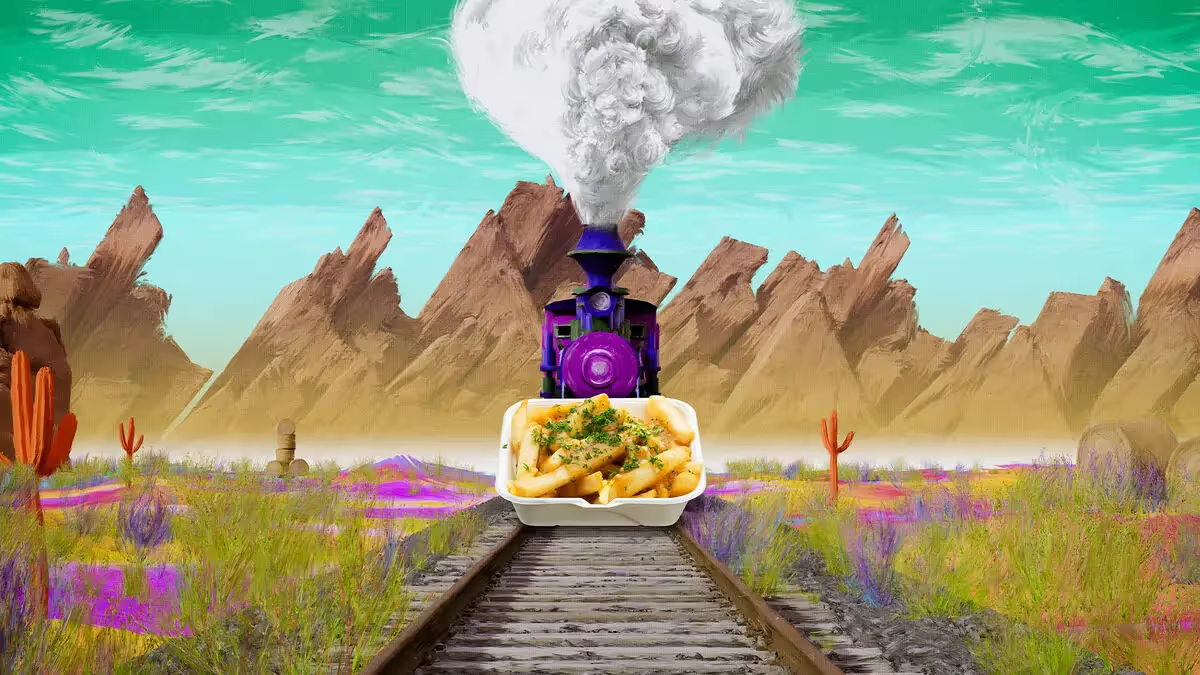
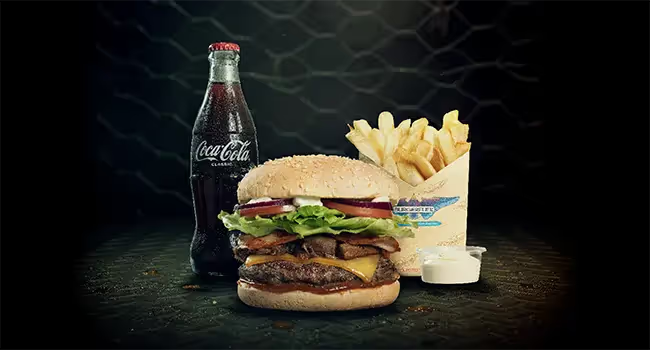
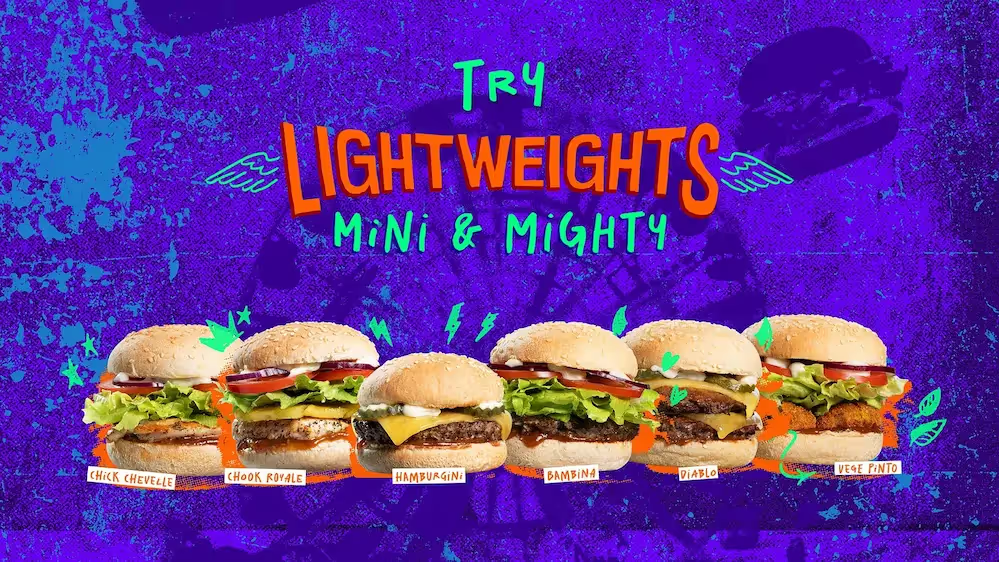
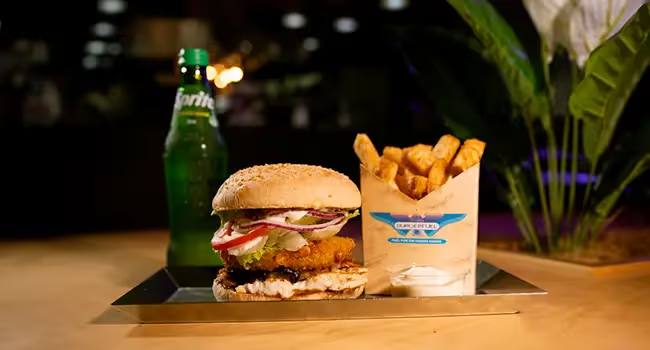
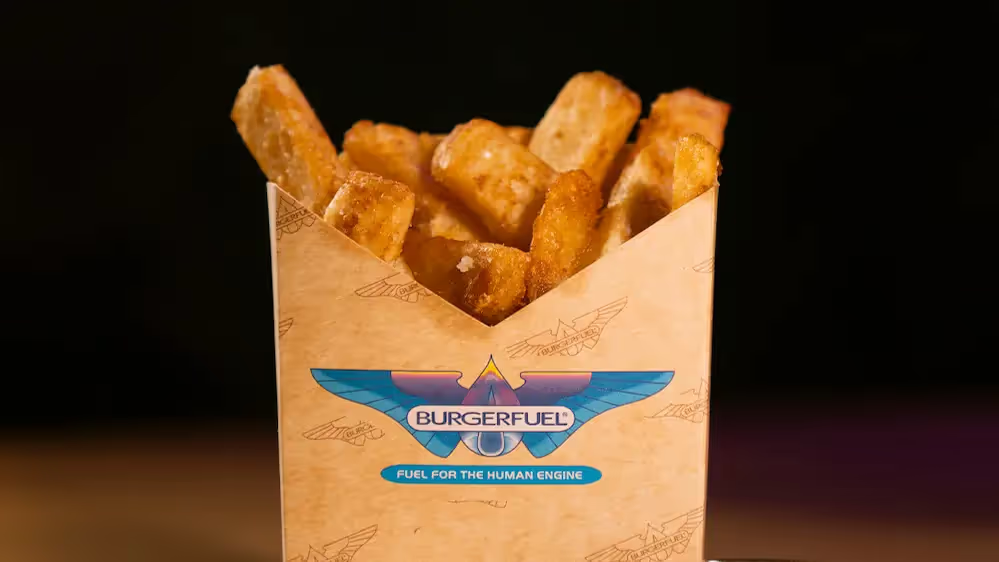
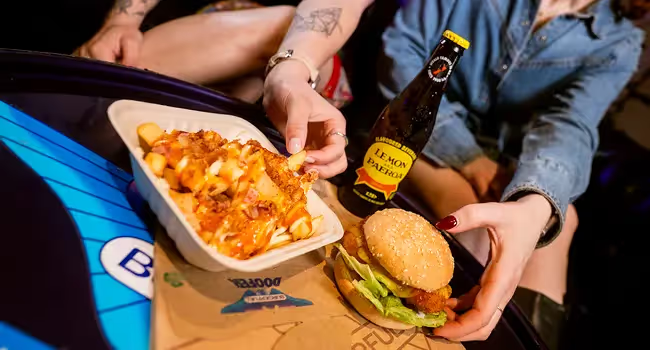
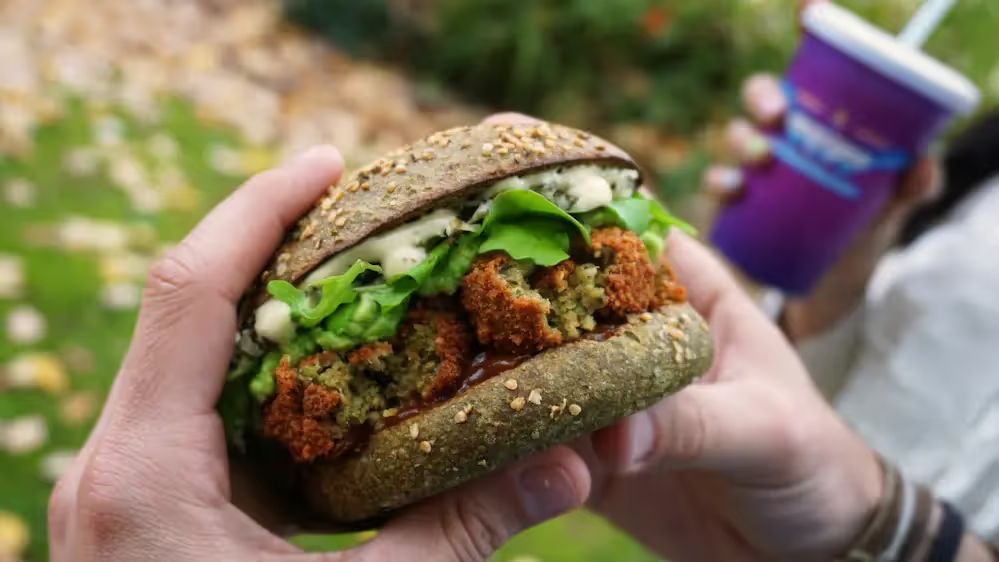
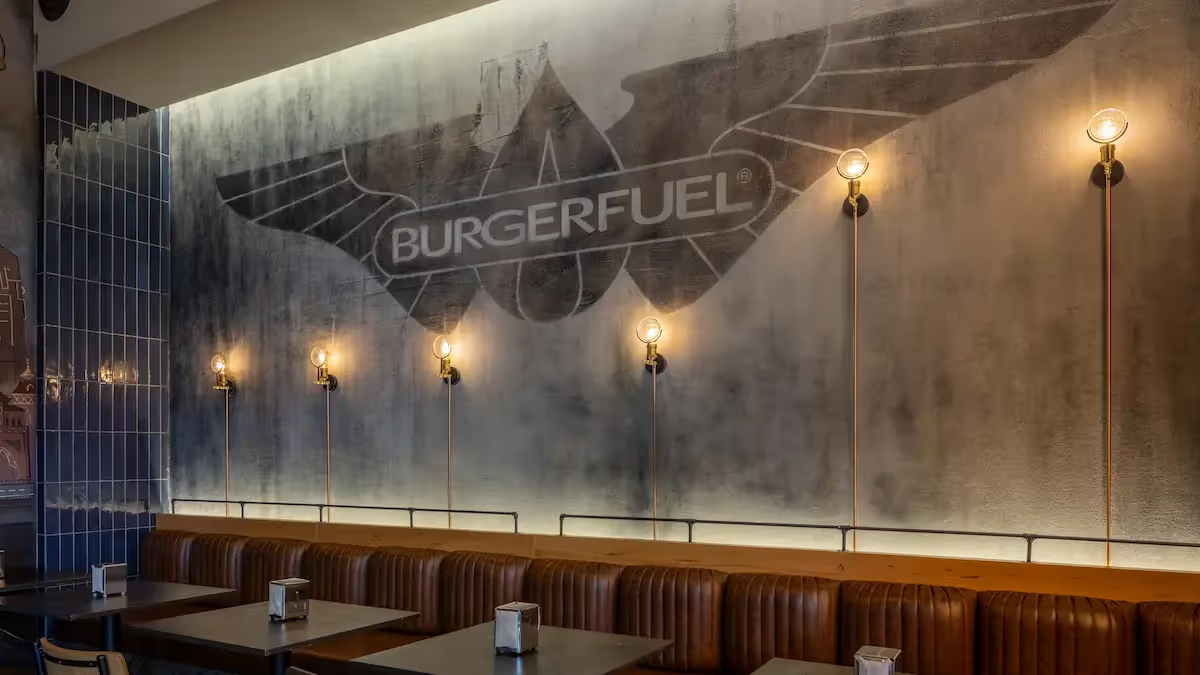
.avif)
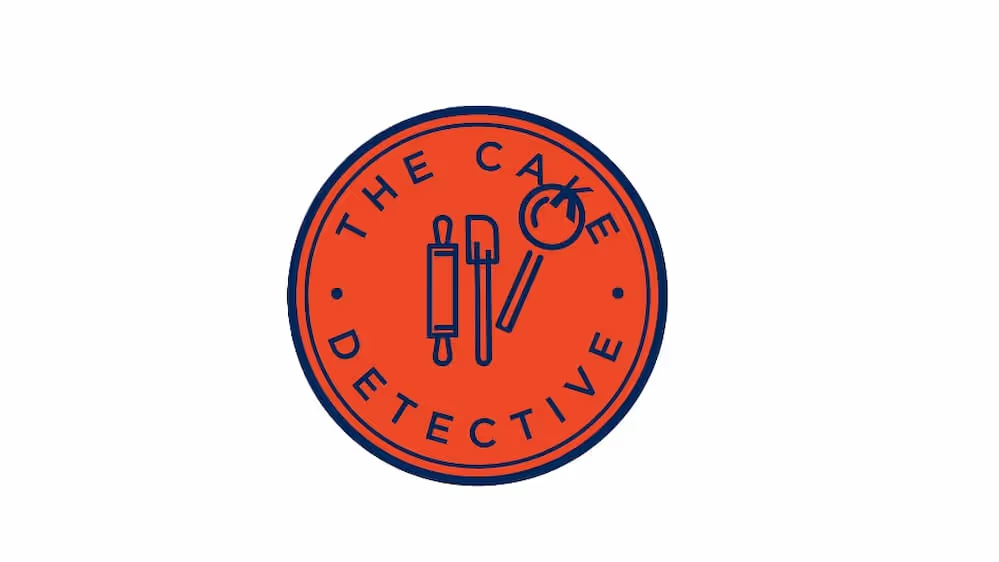
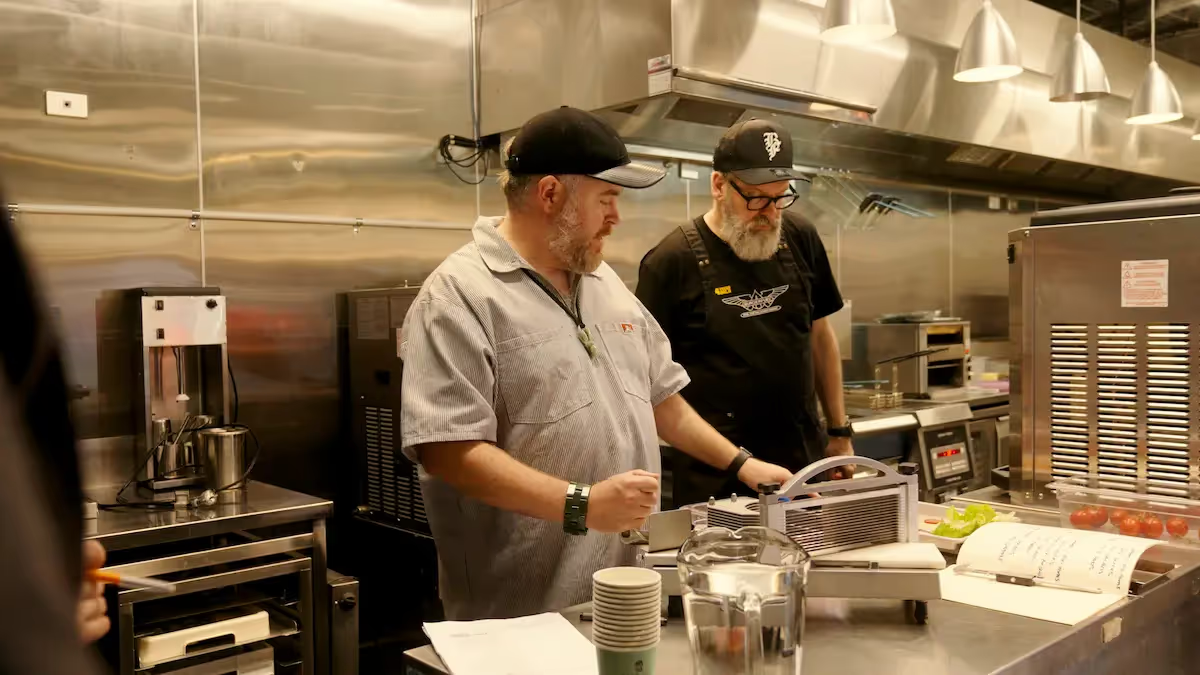
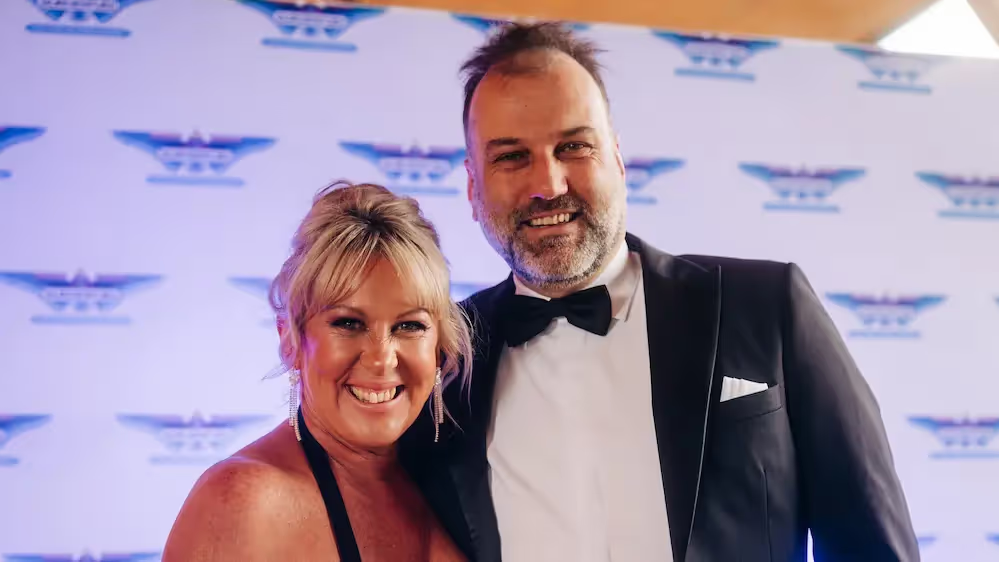
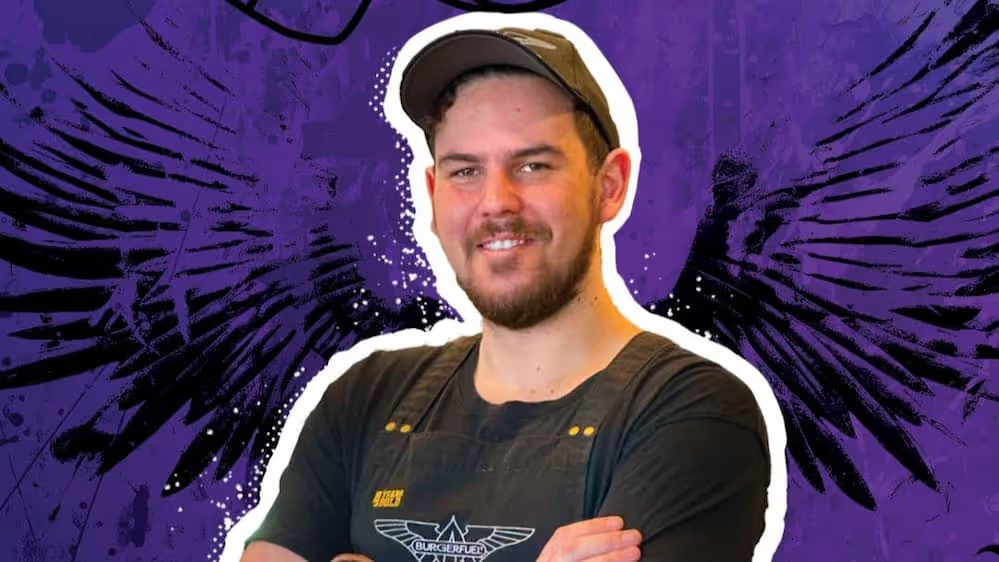
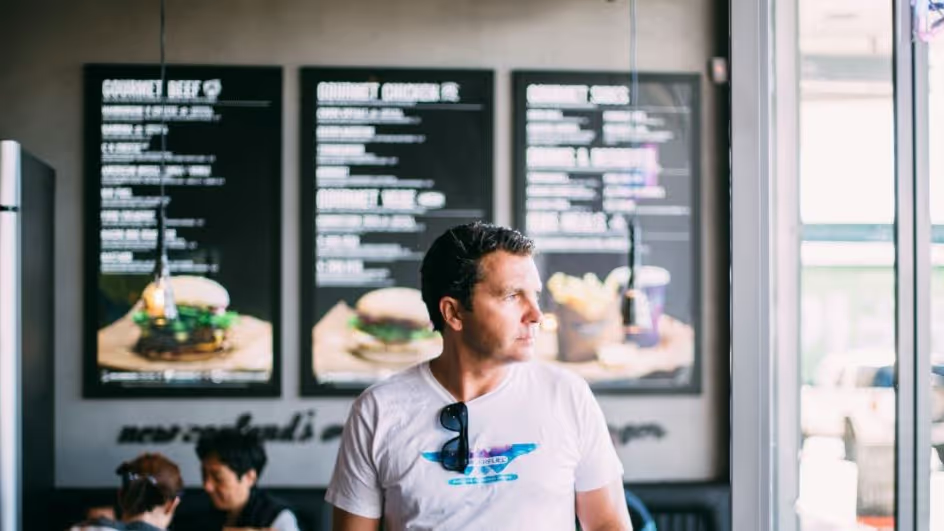
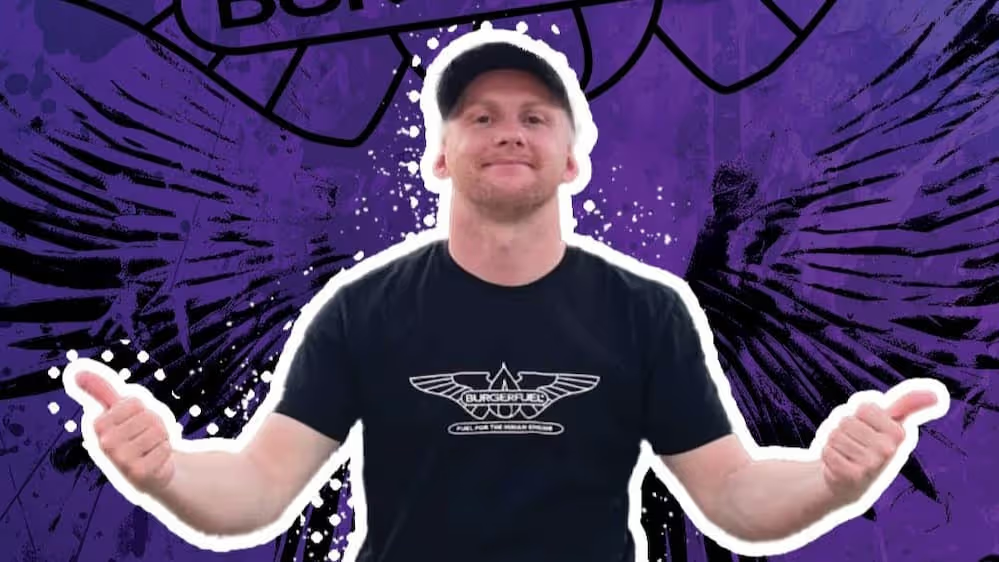
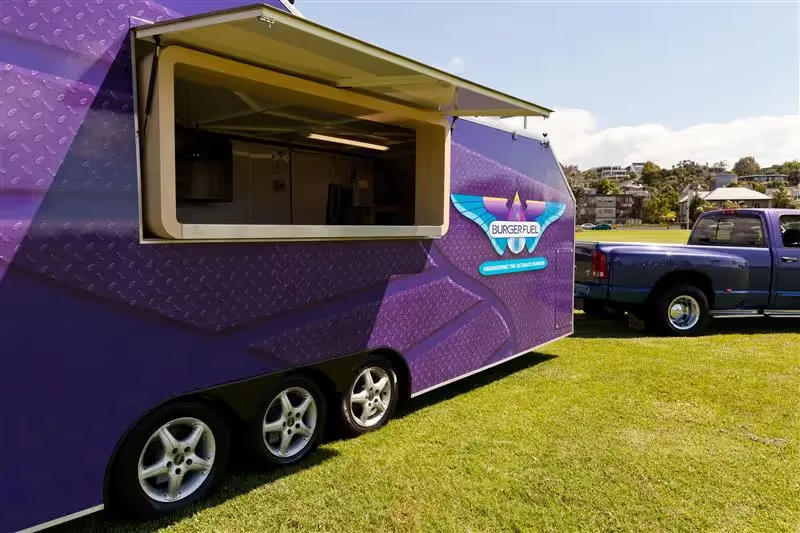
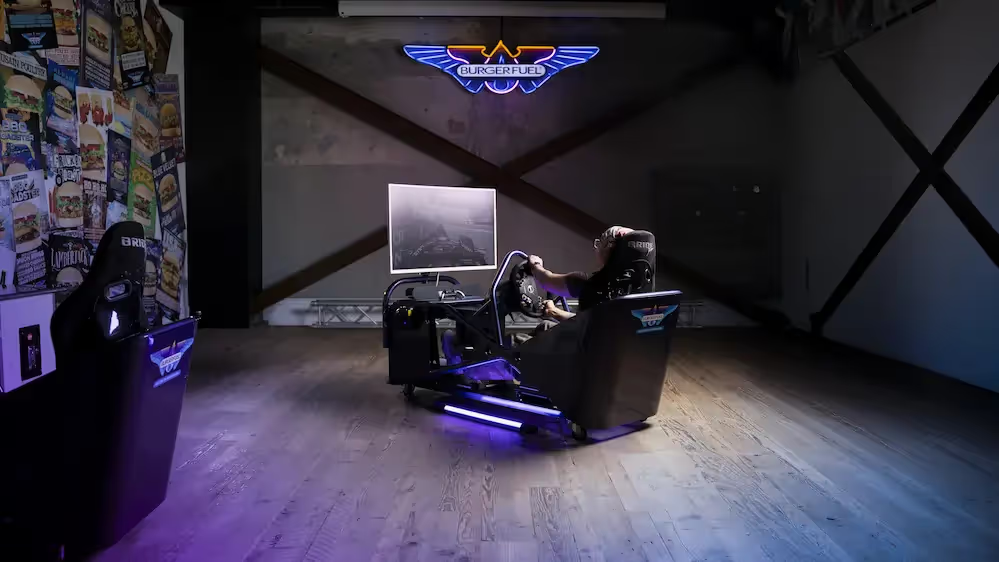
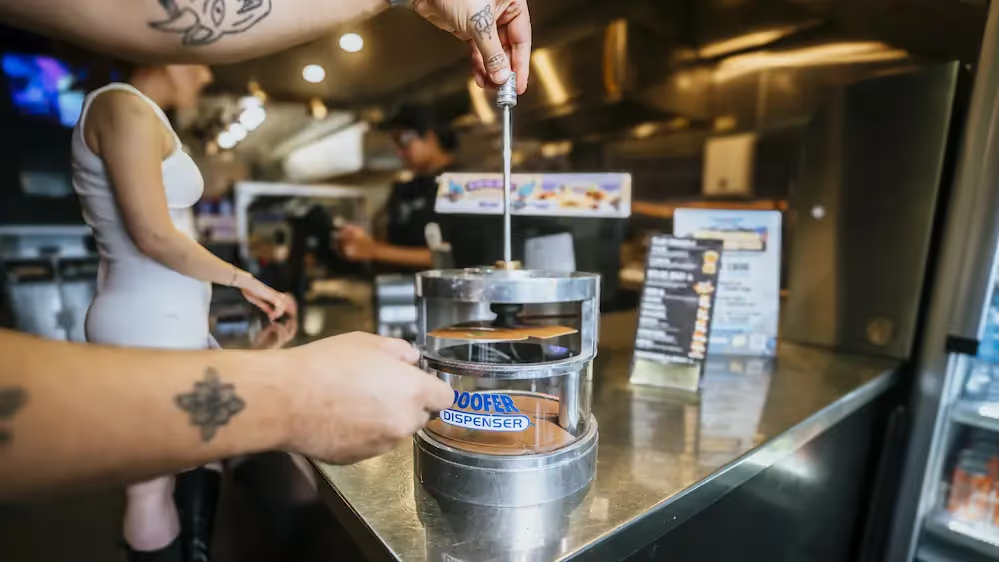
.avif)
.avif)
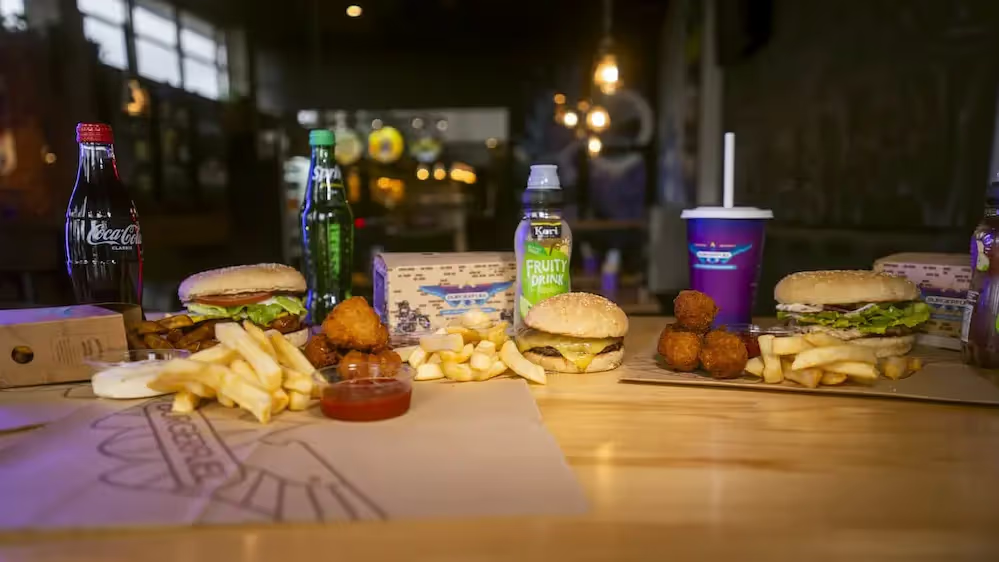
.avif)
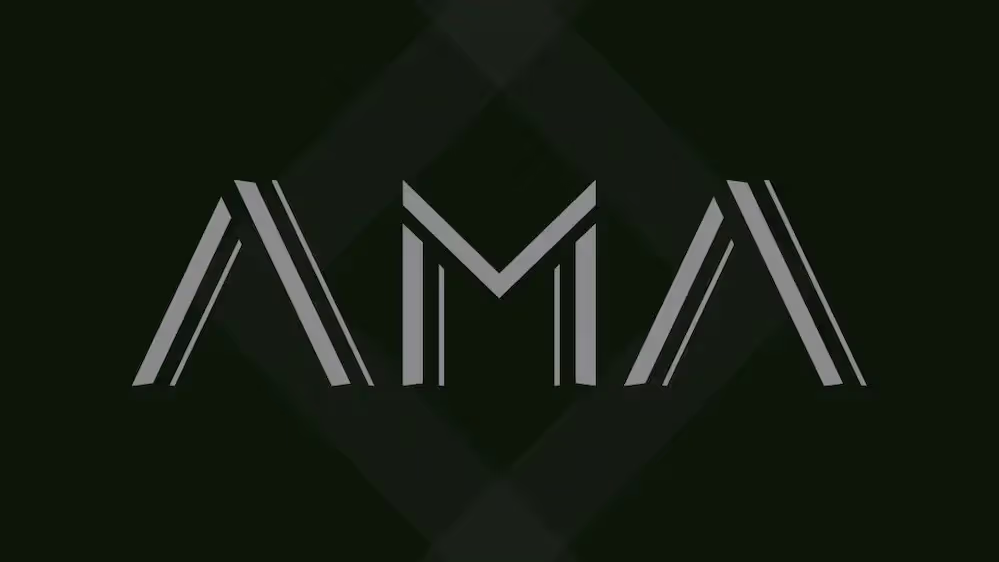
.avif)
